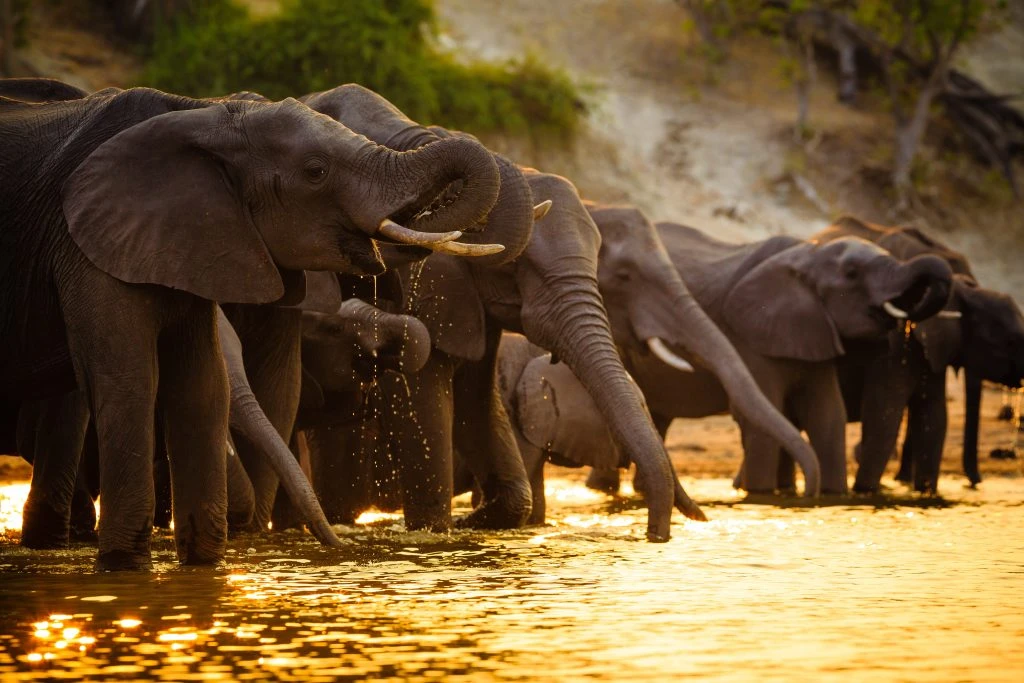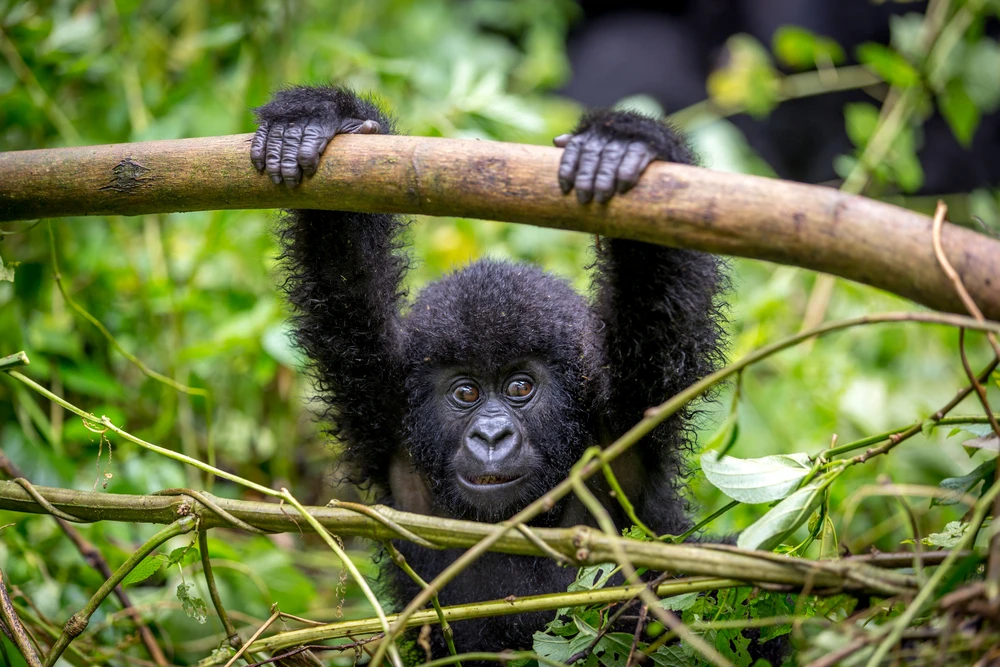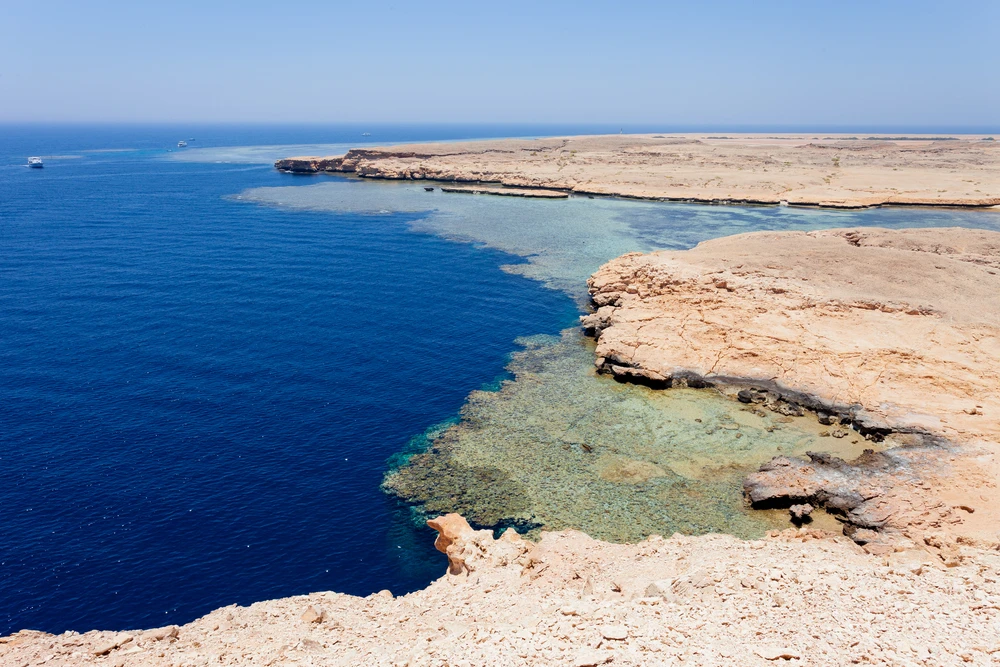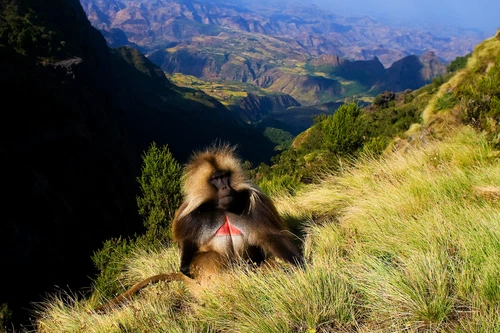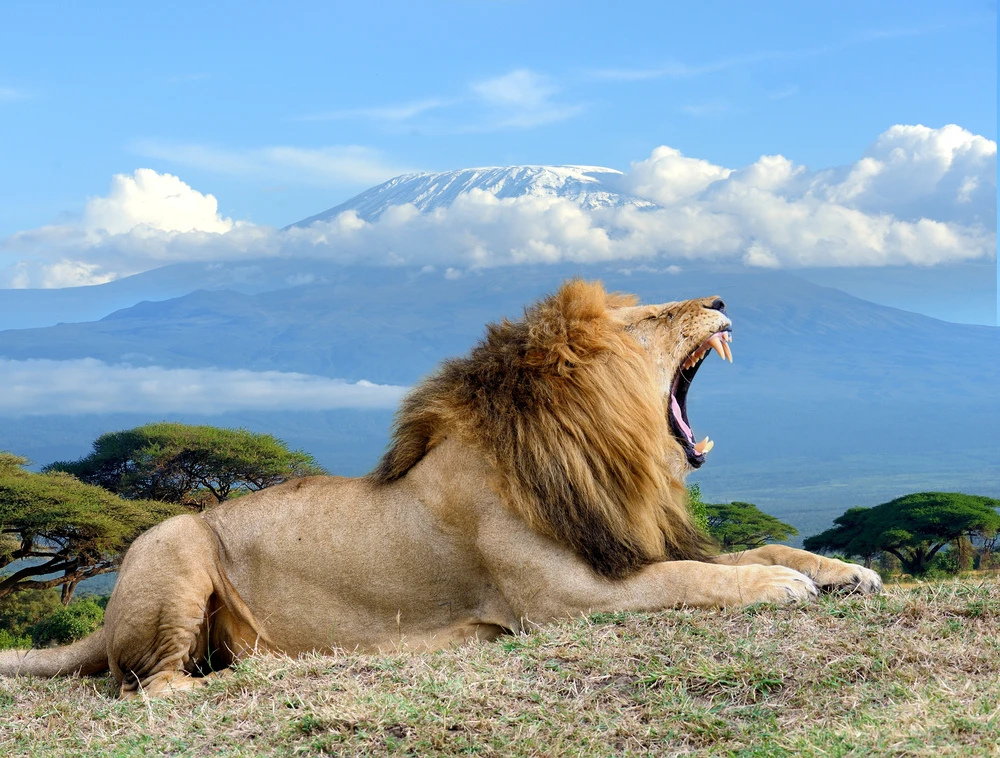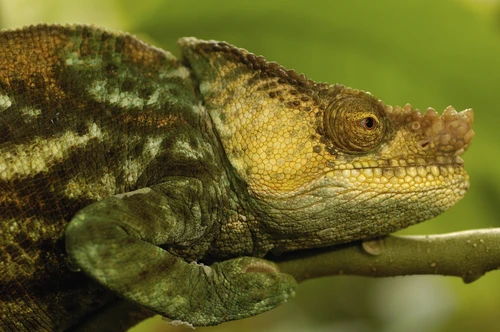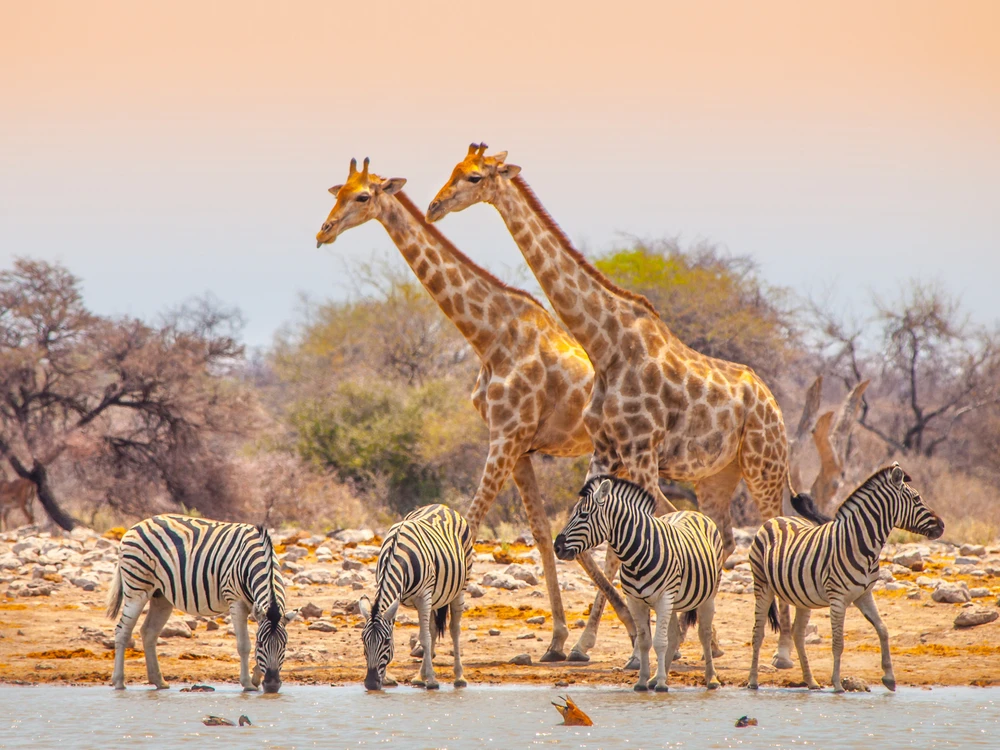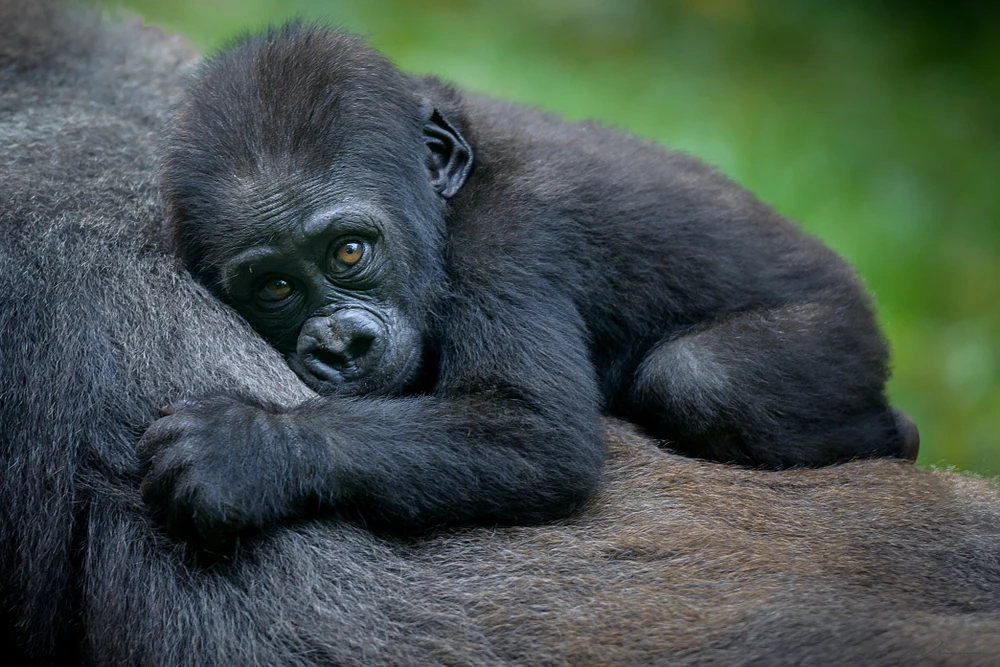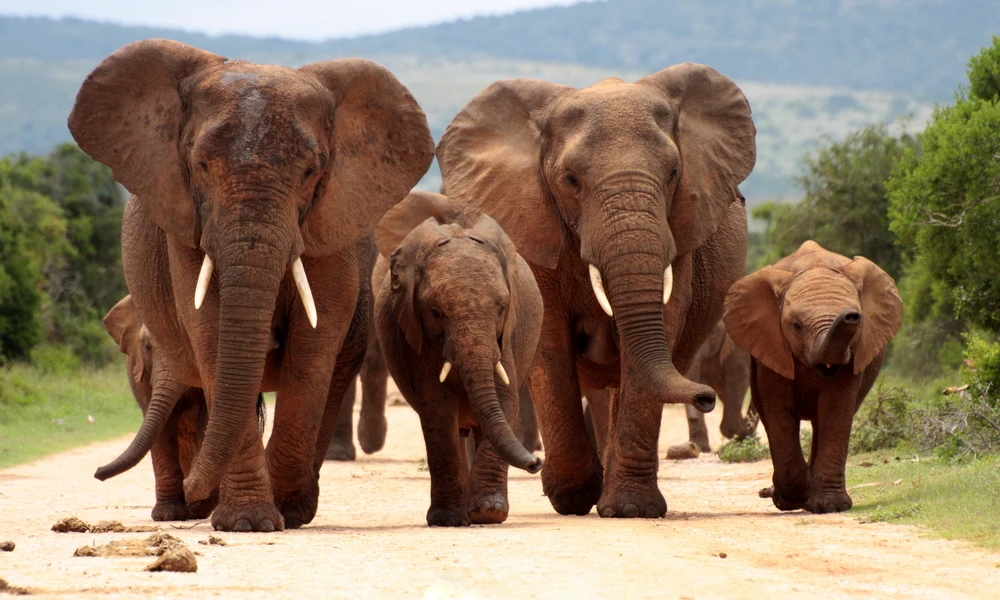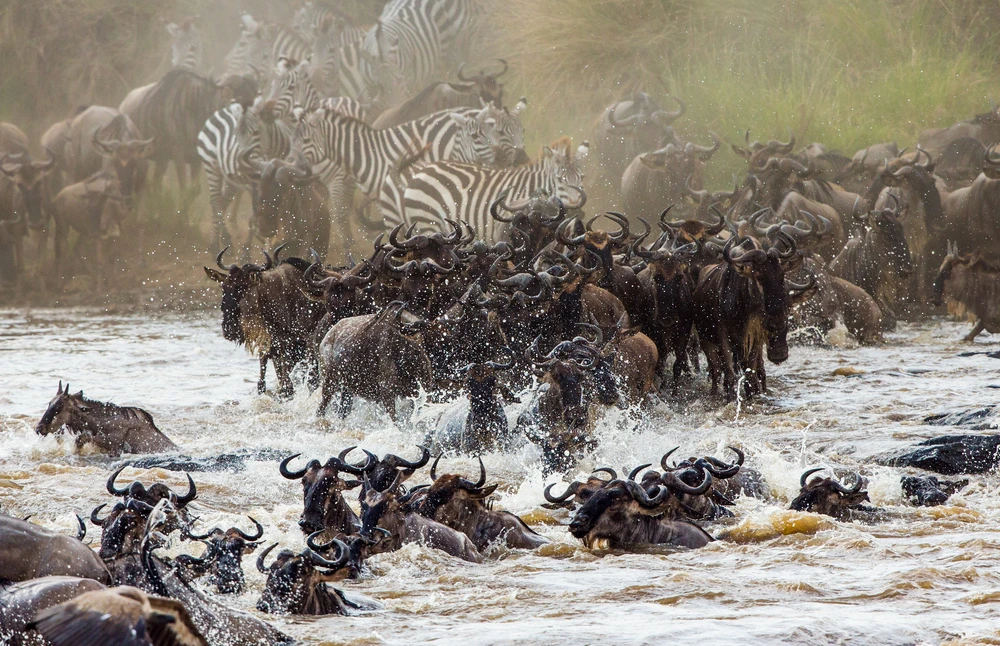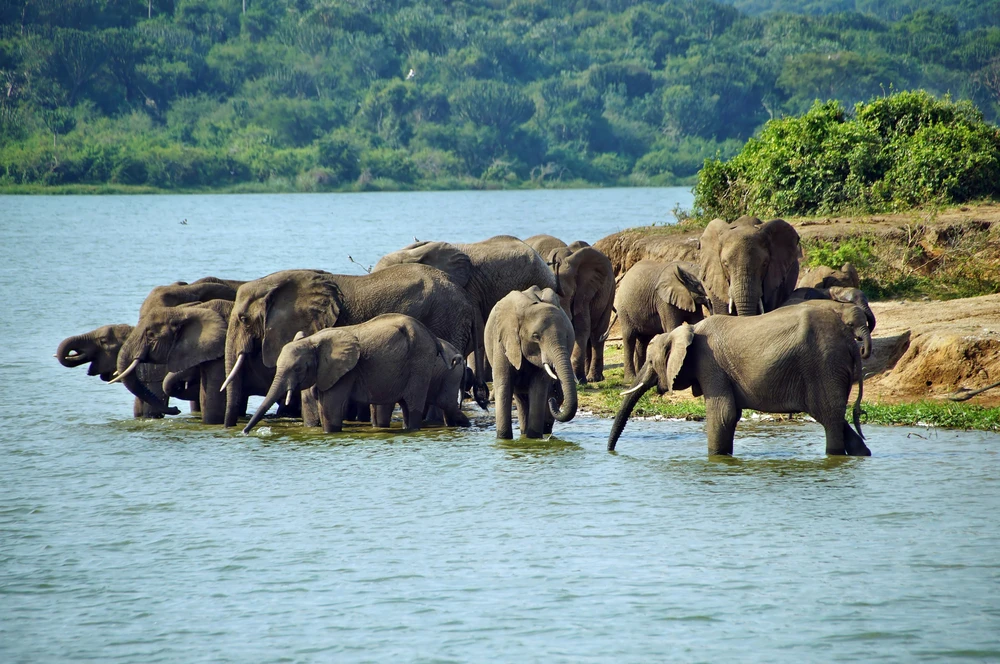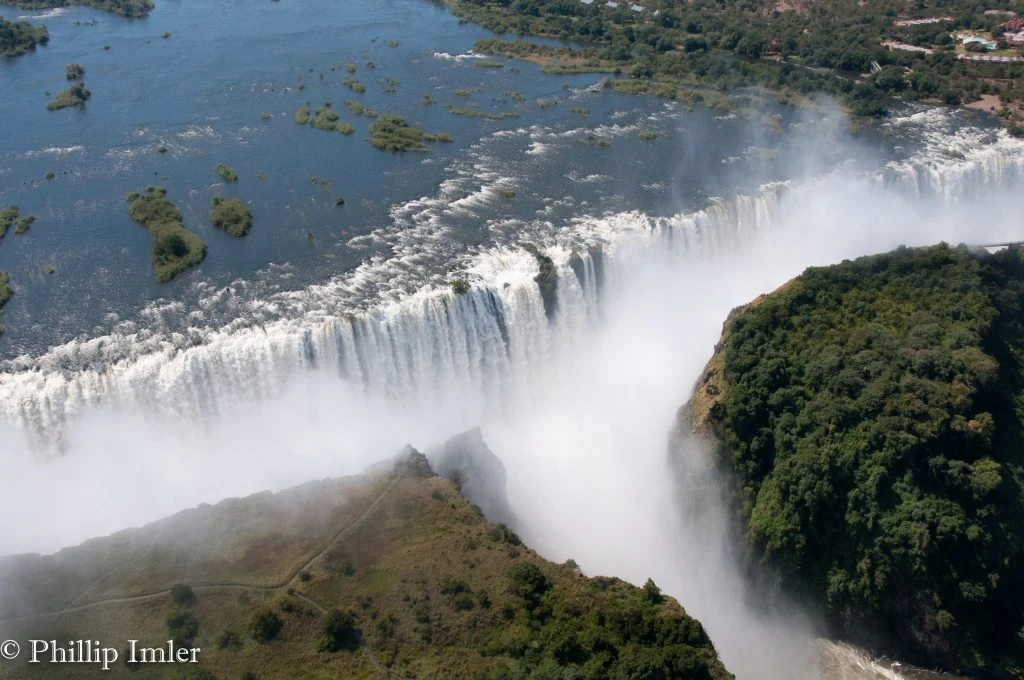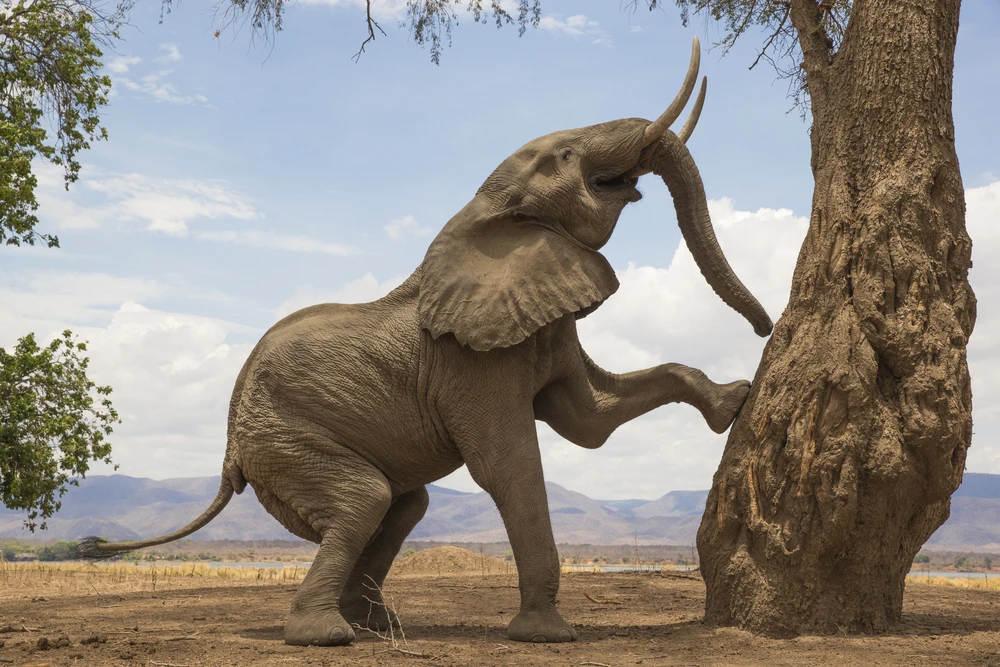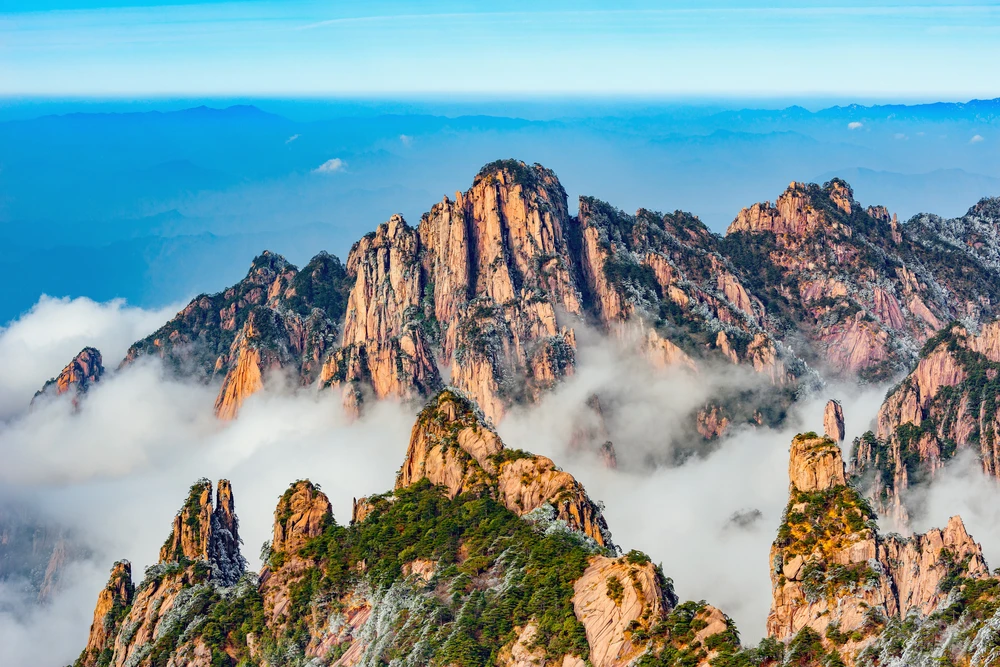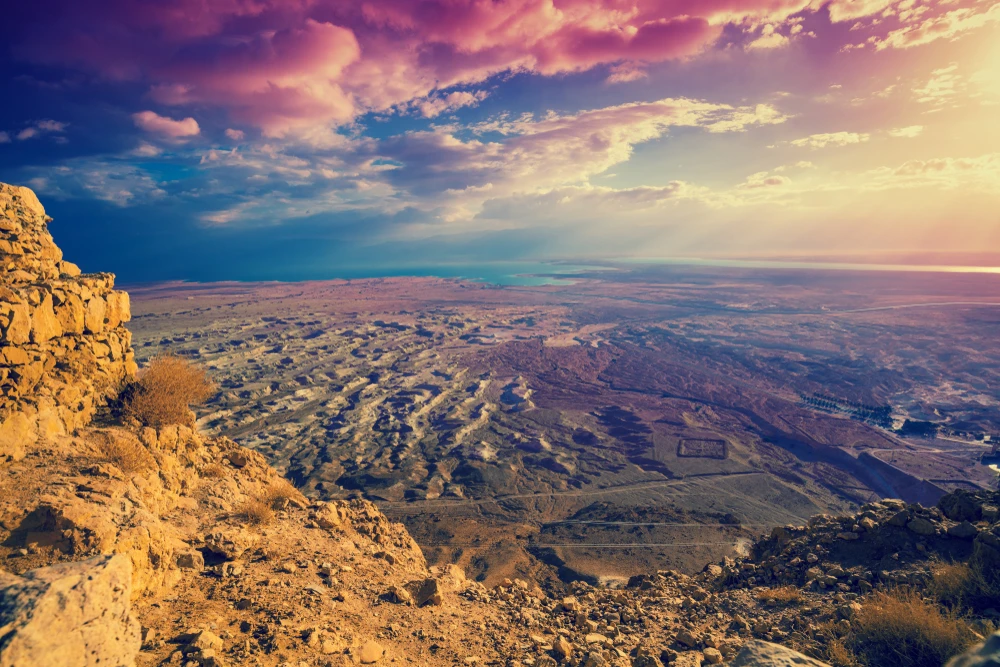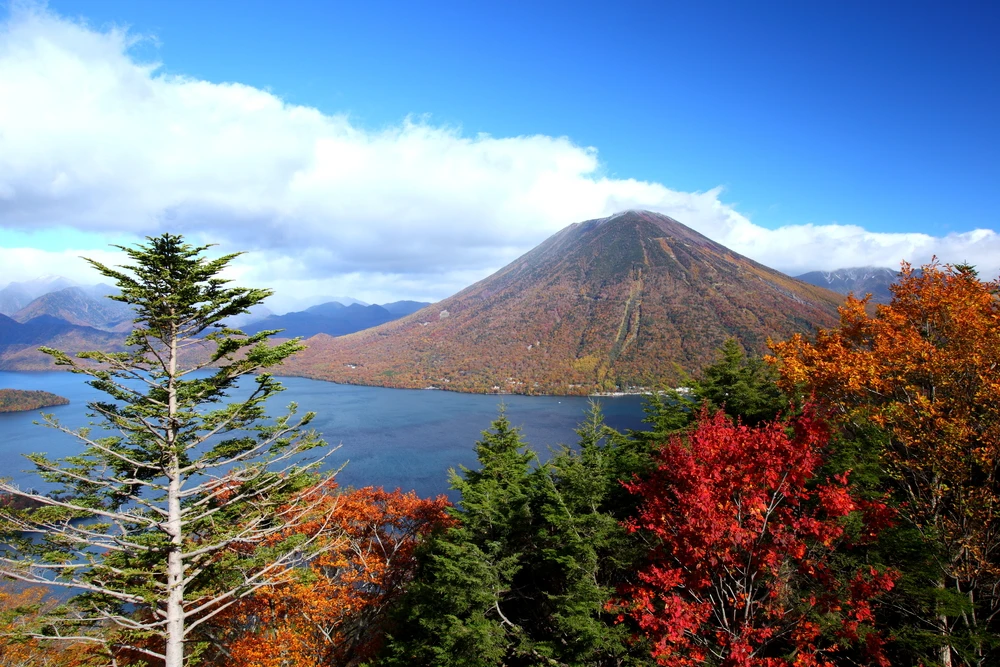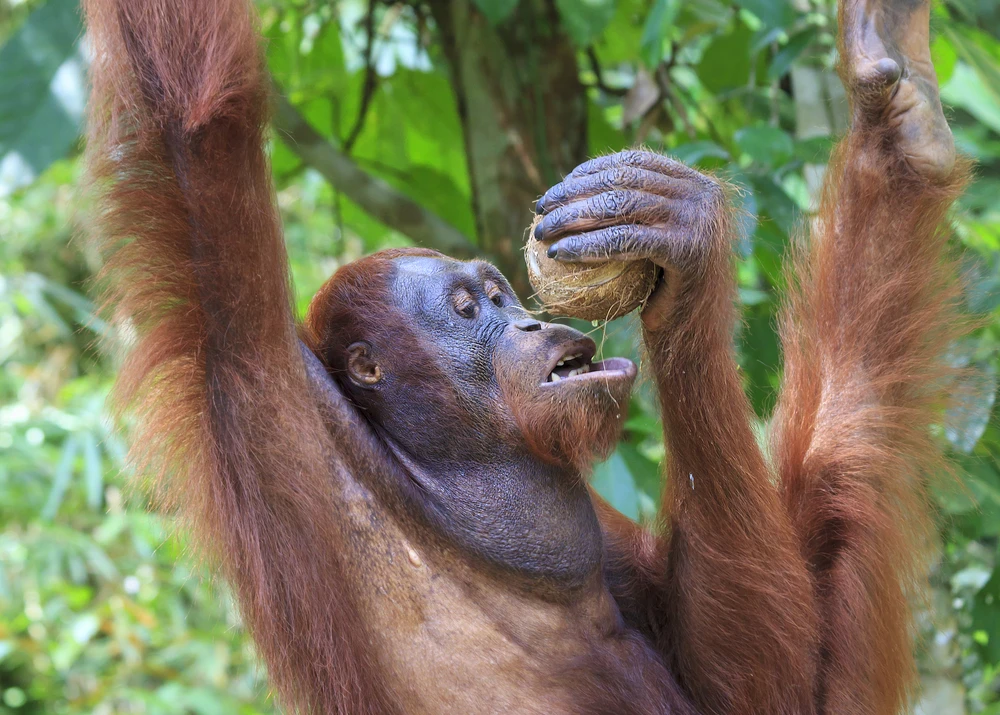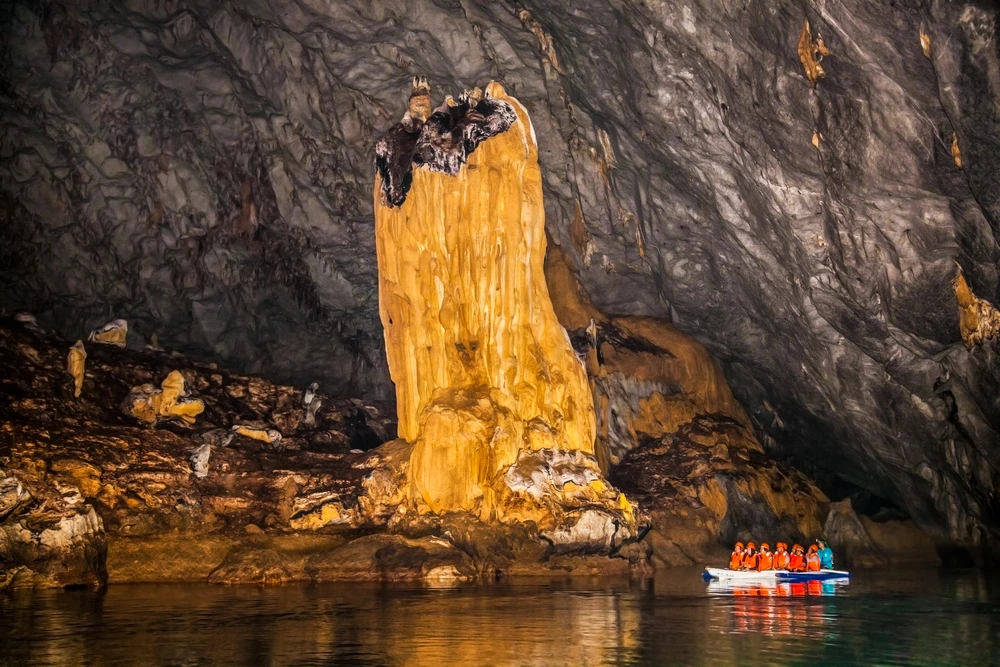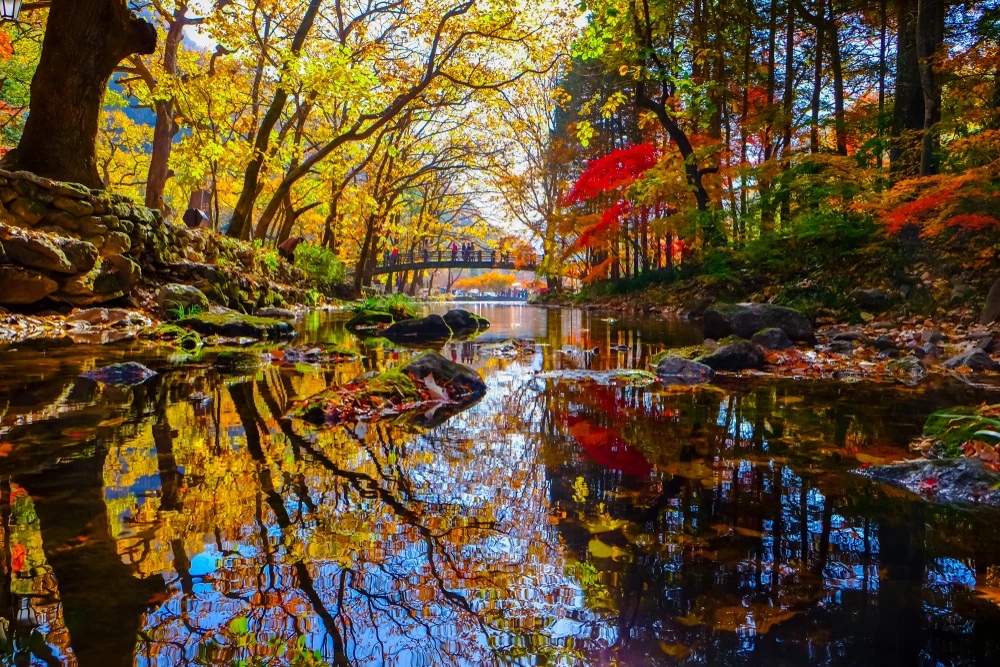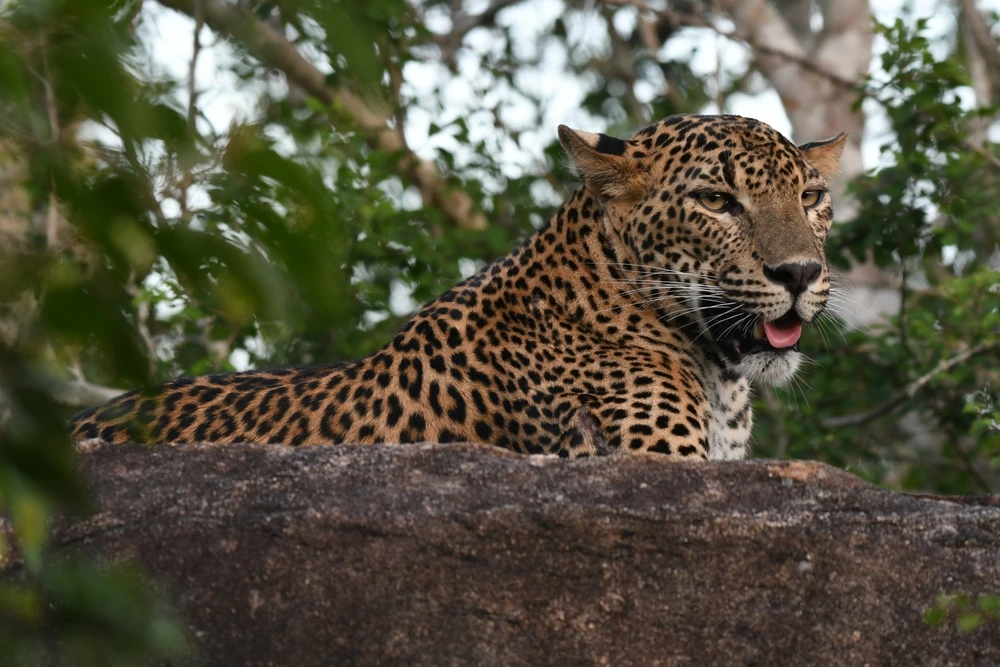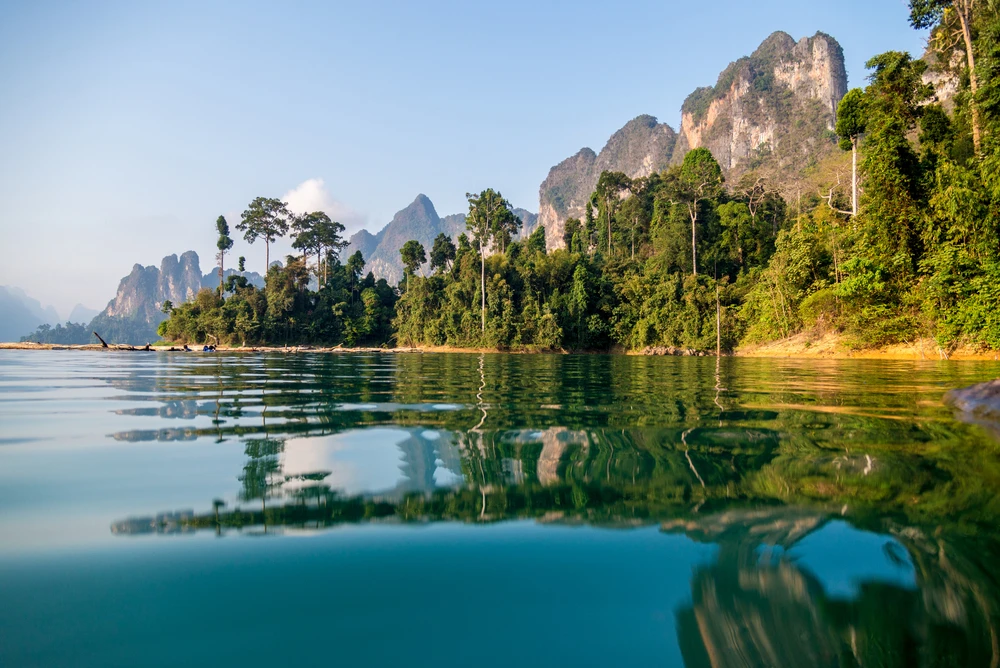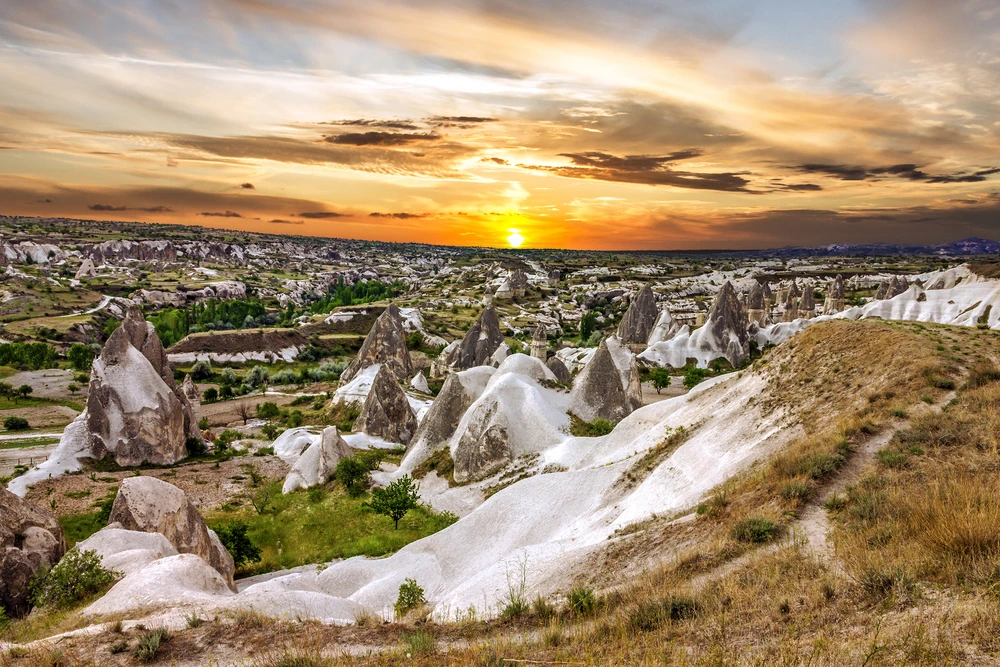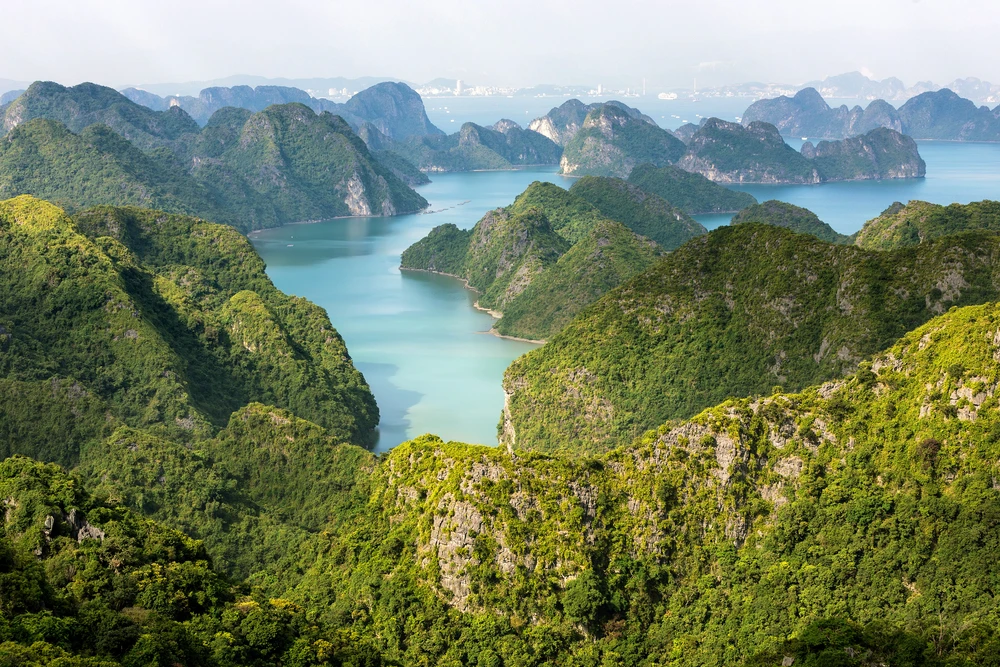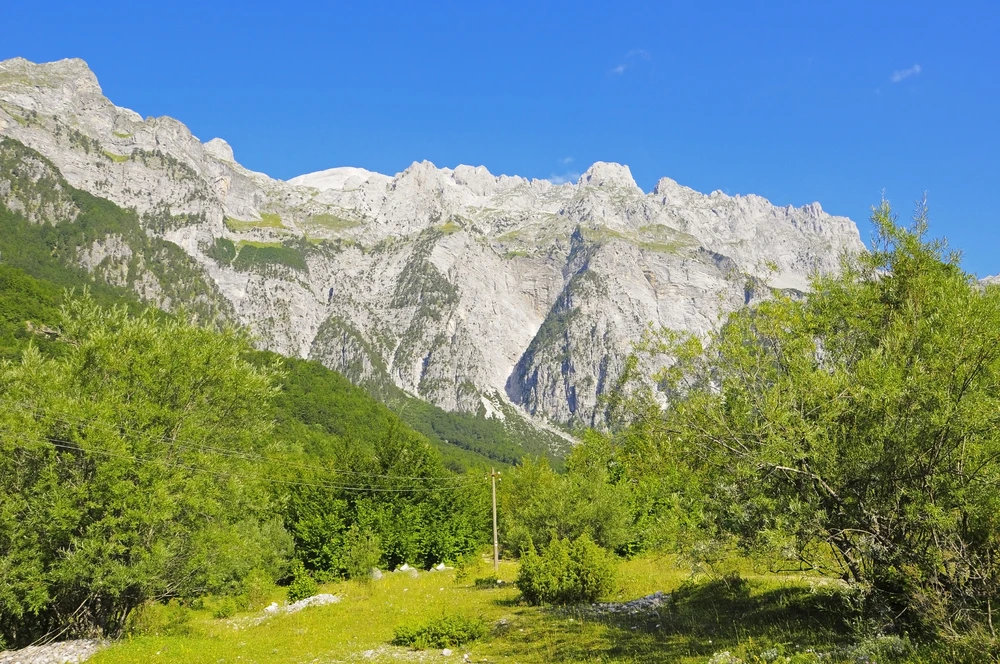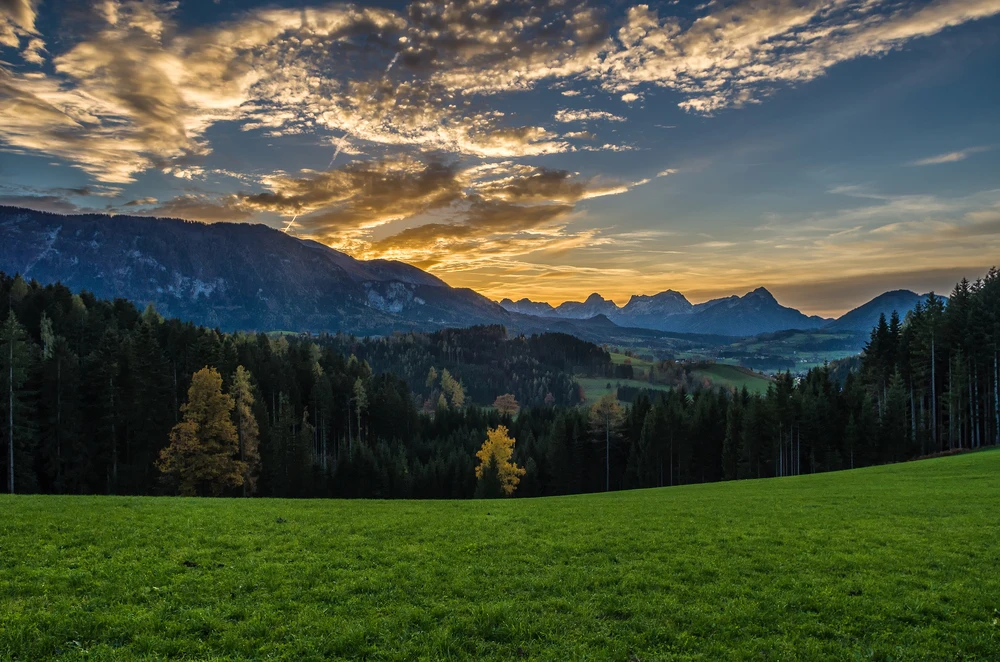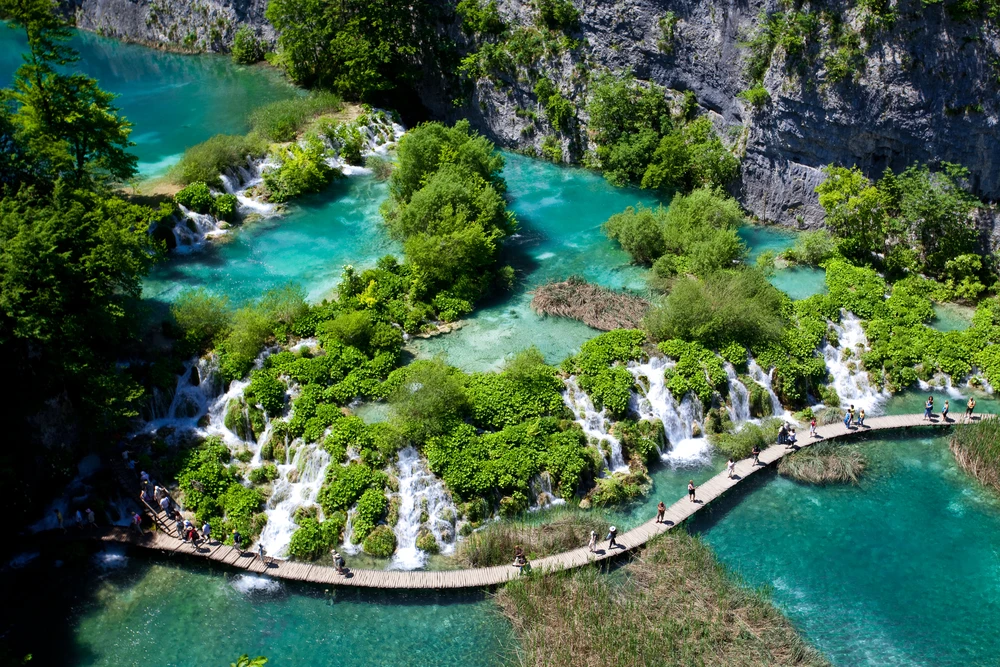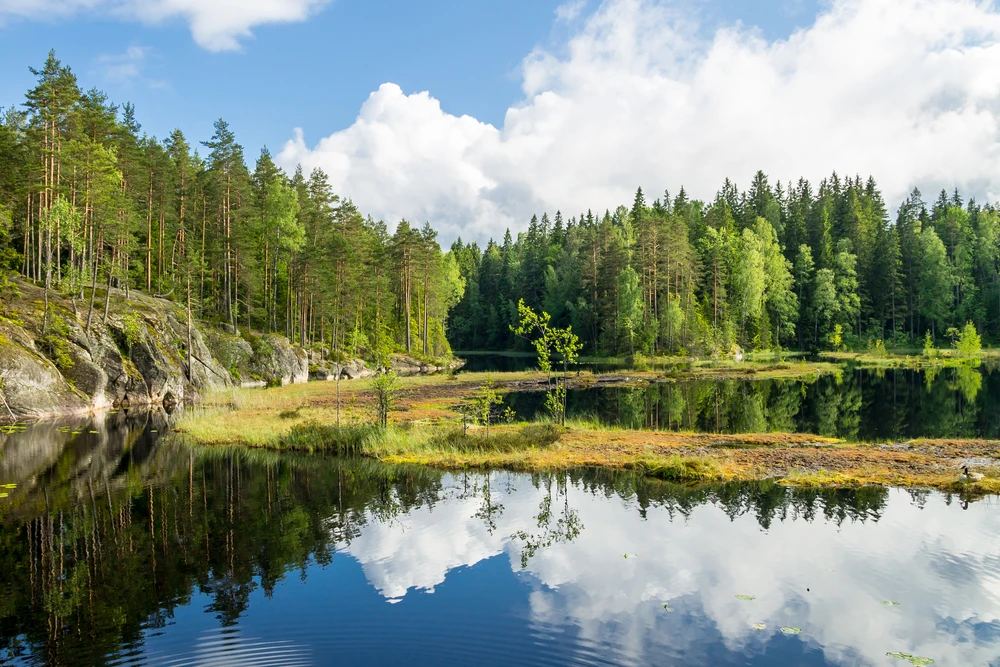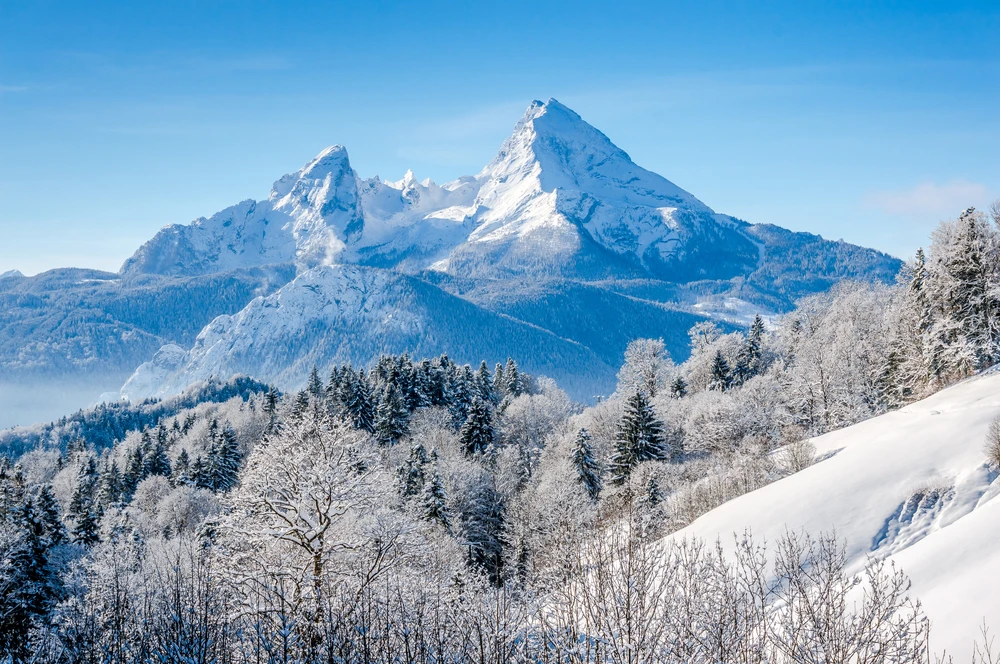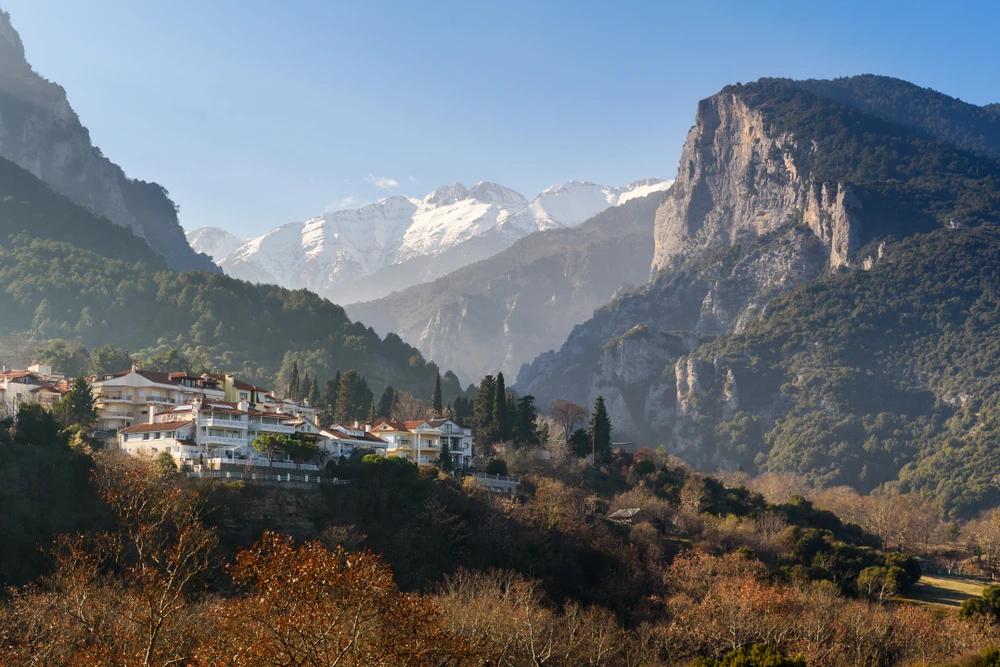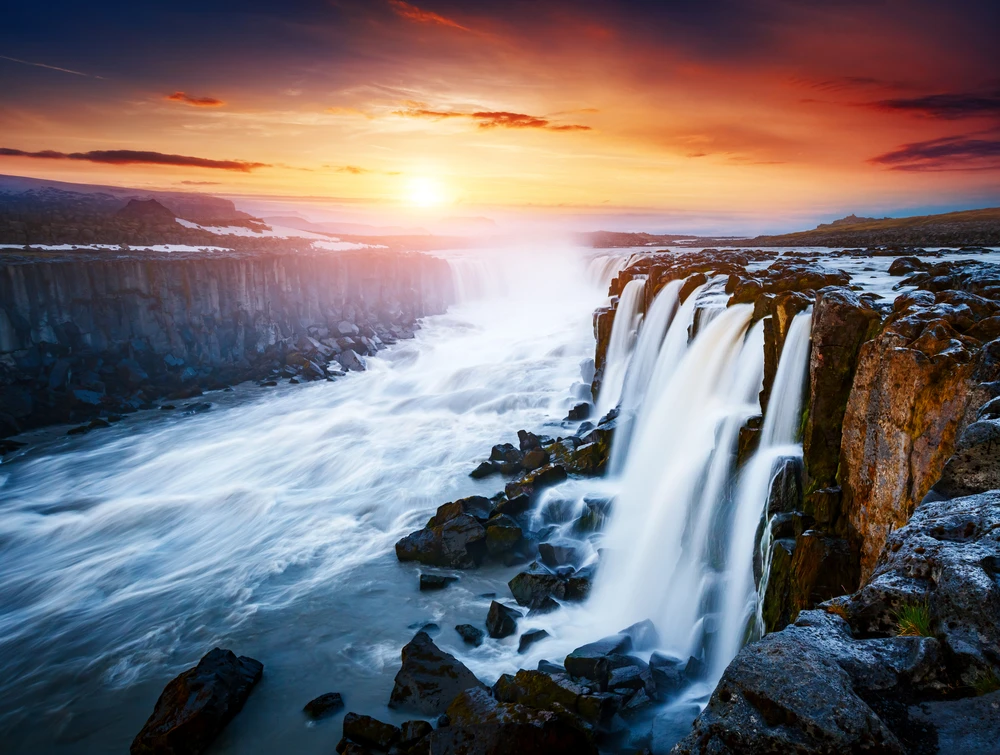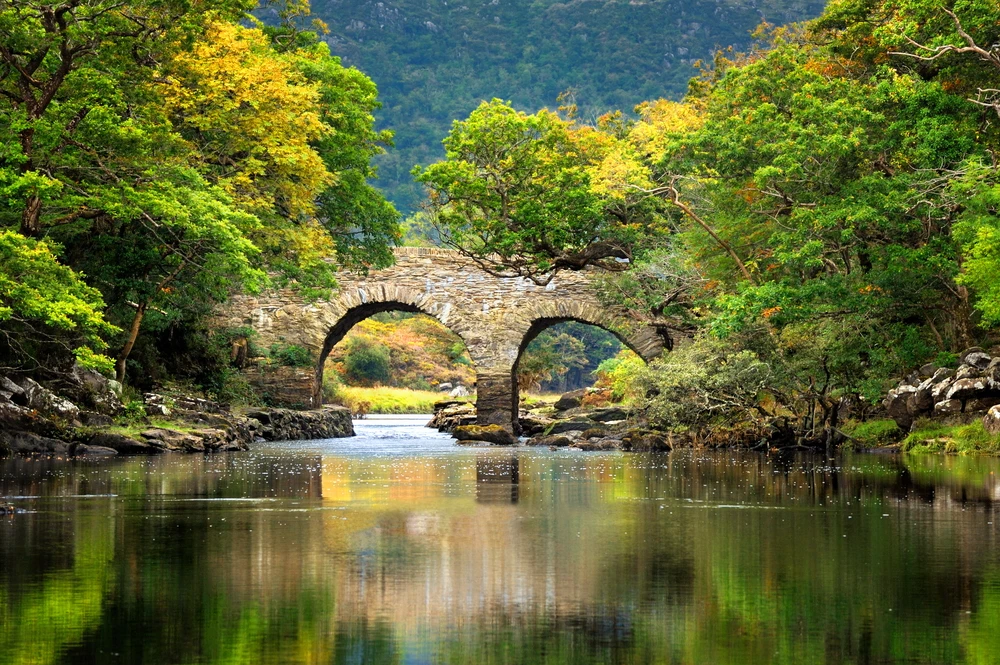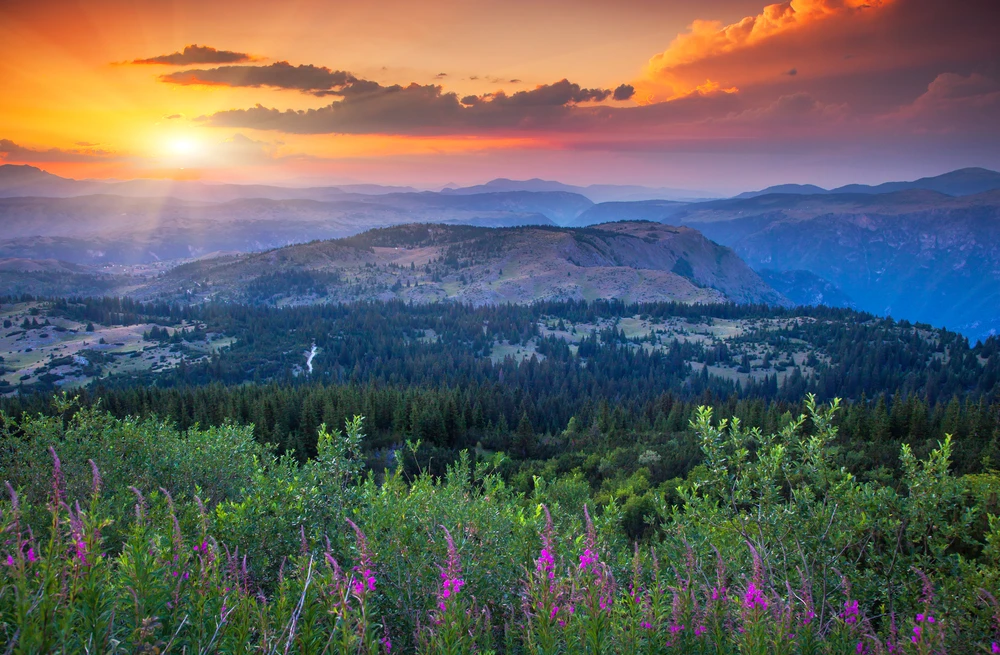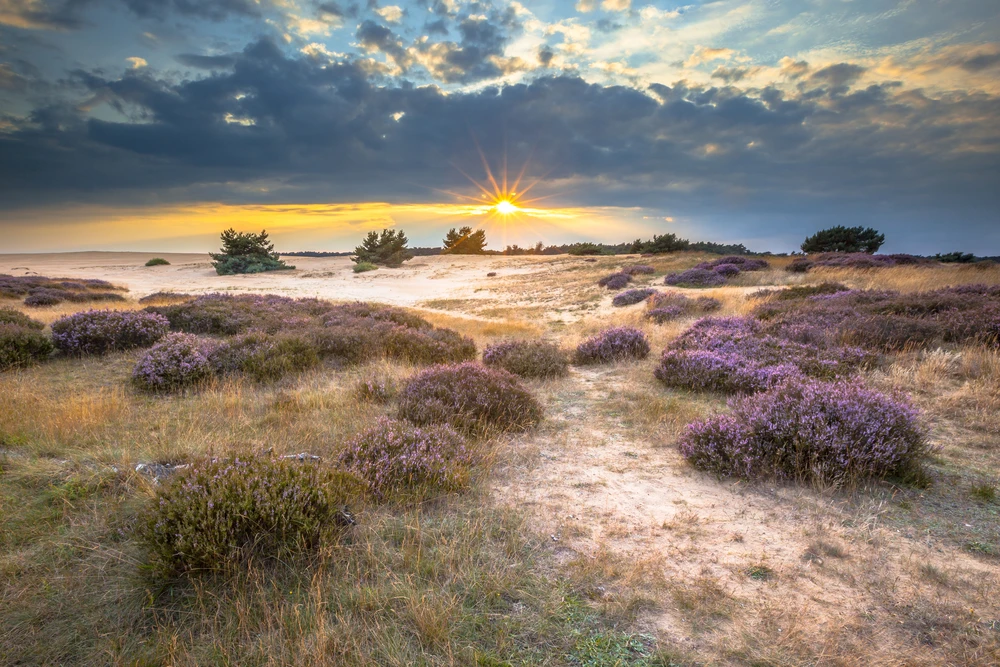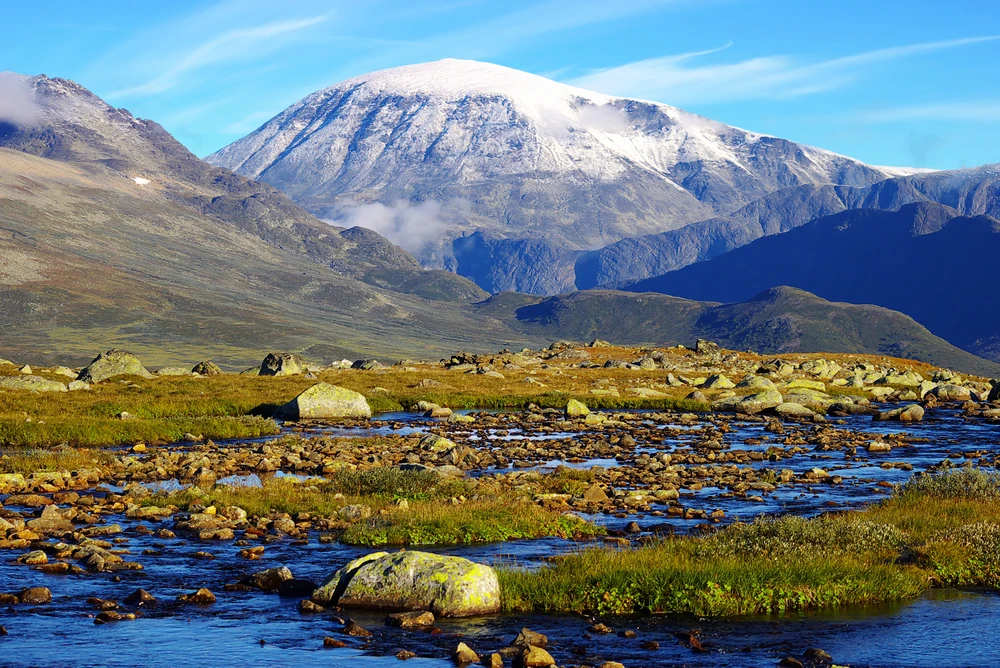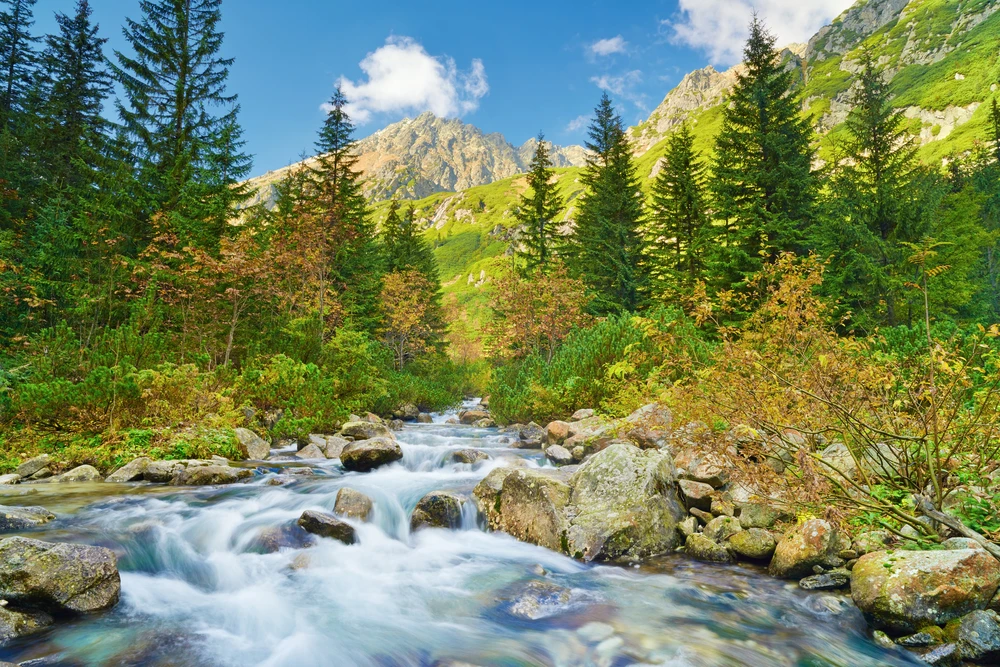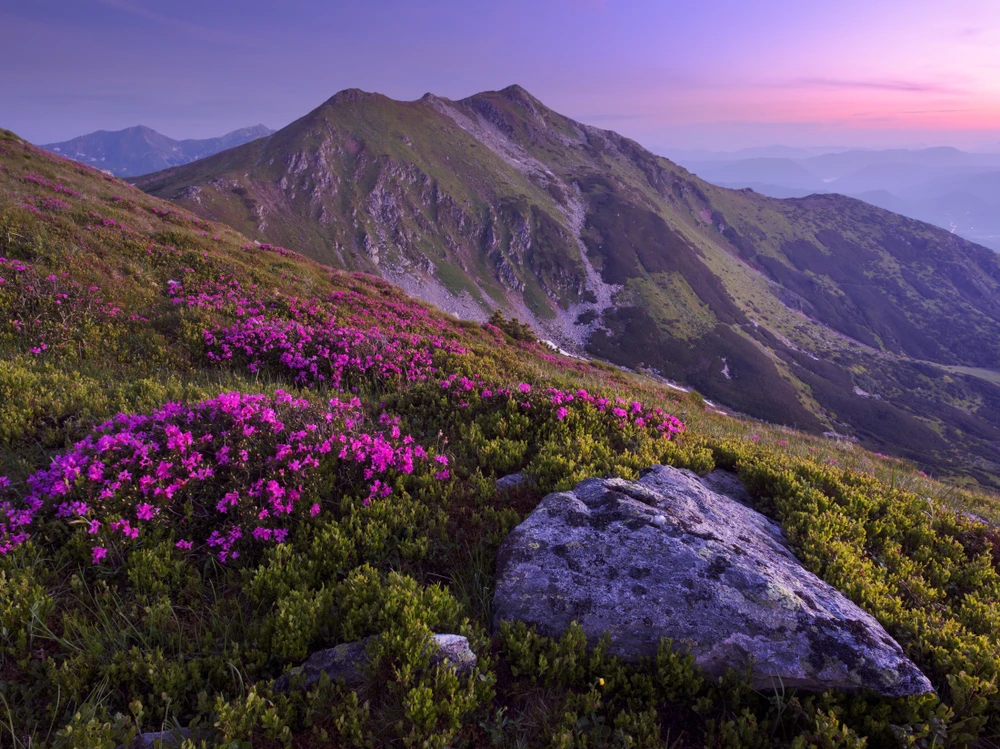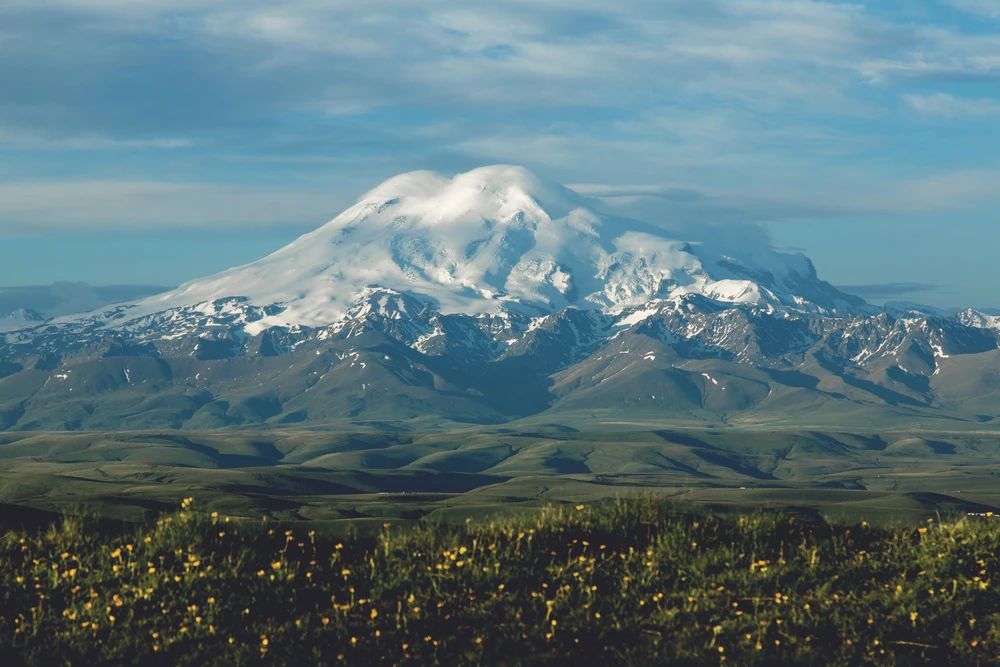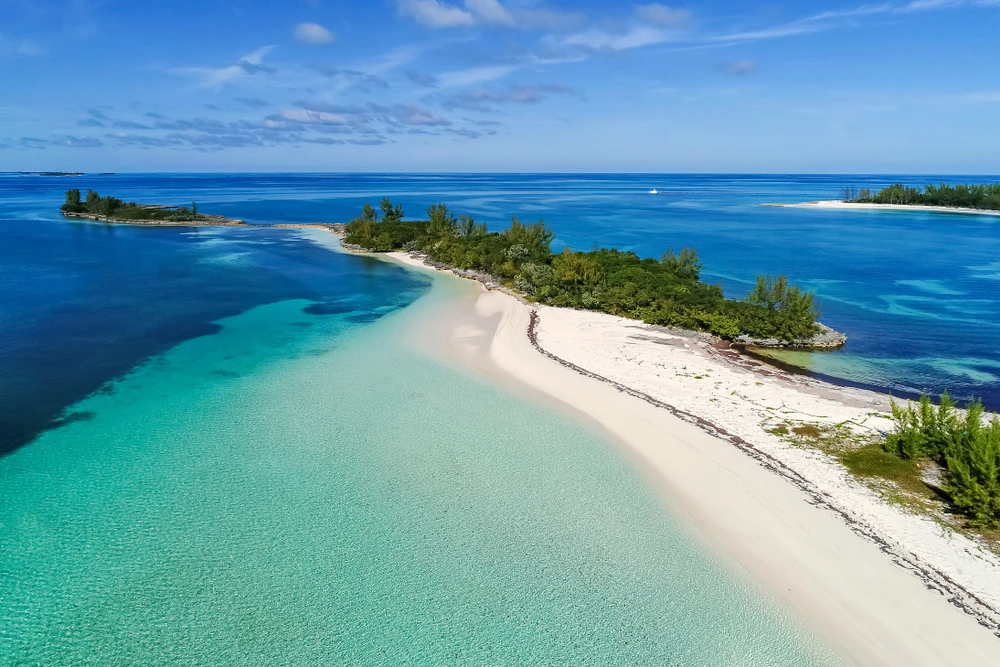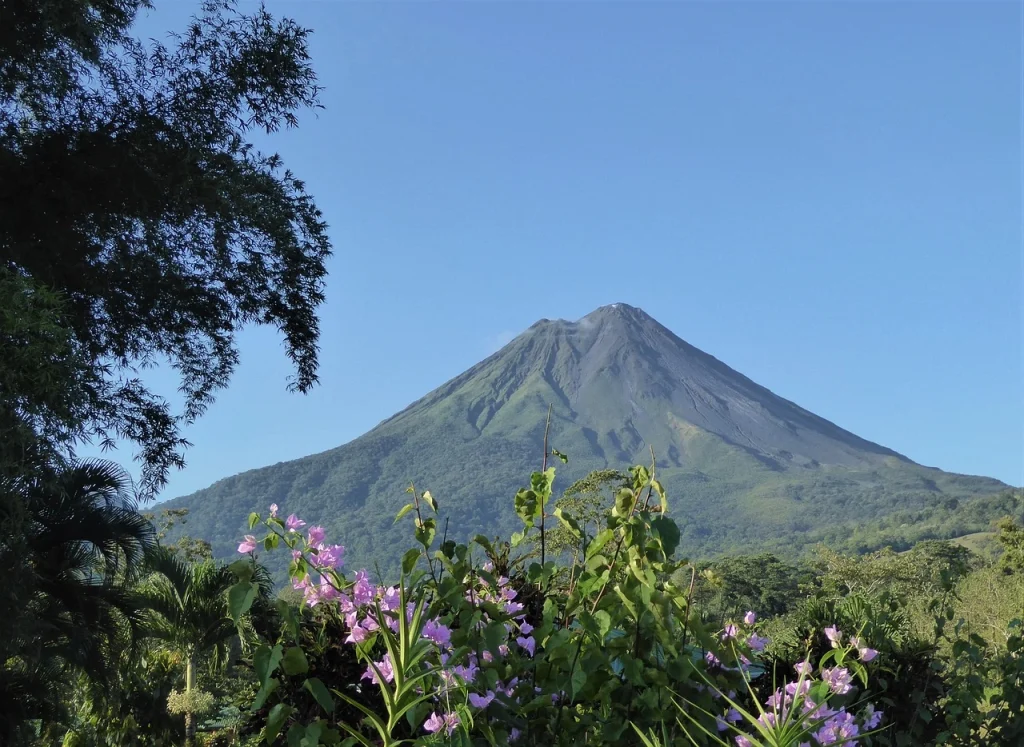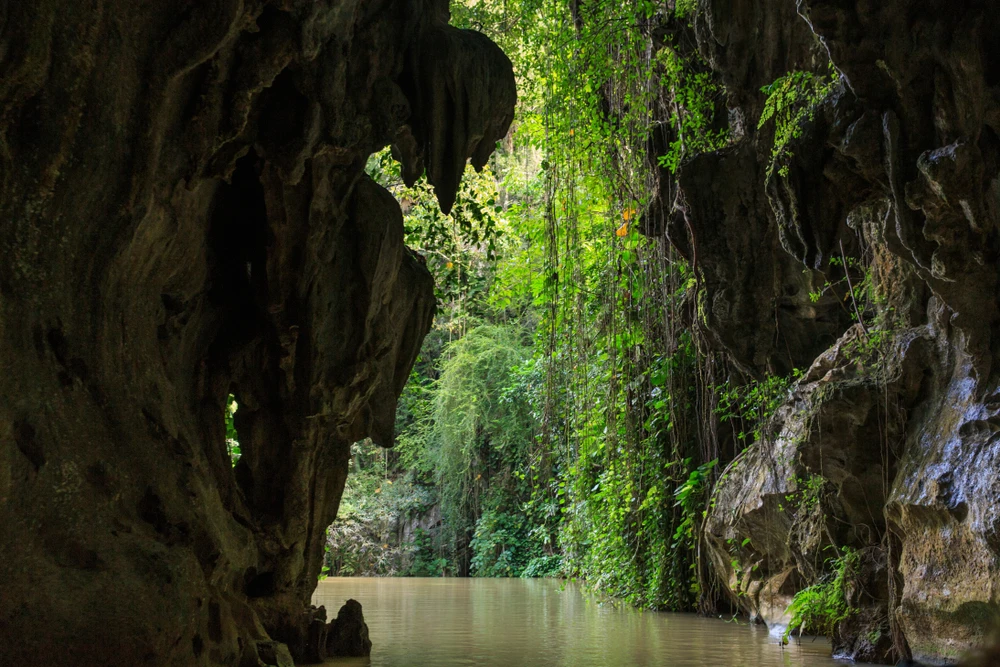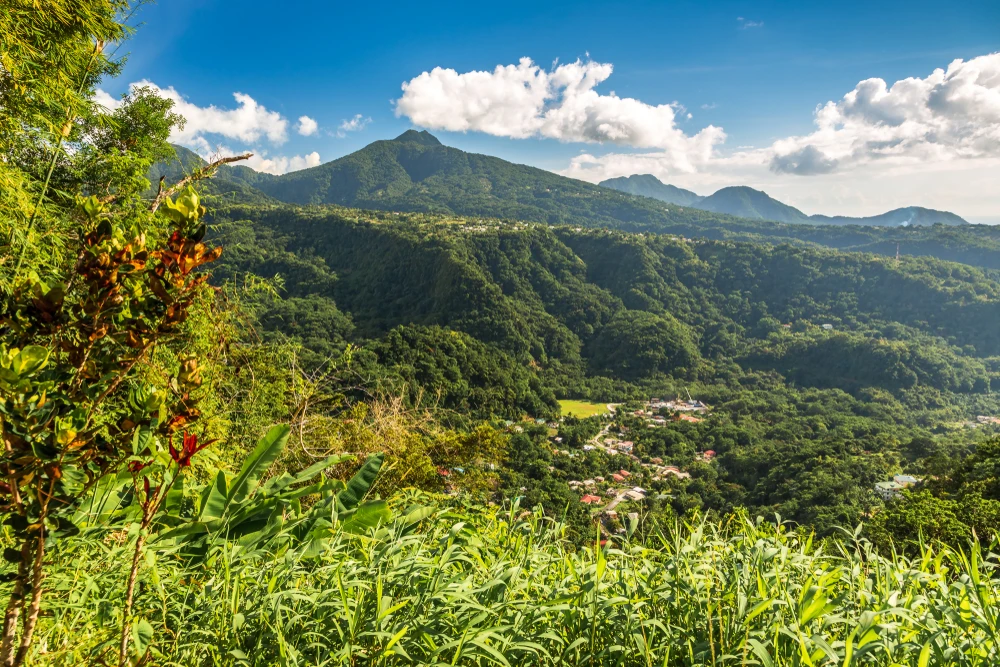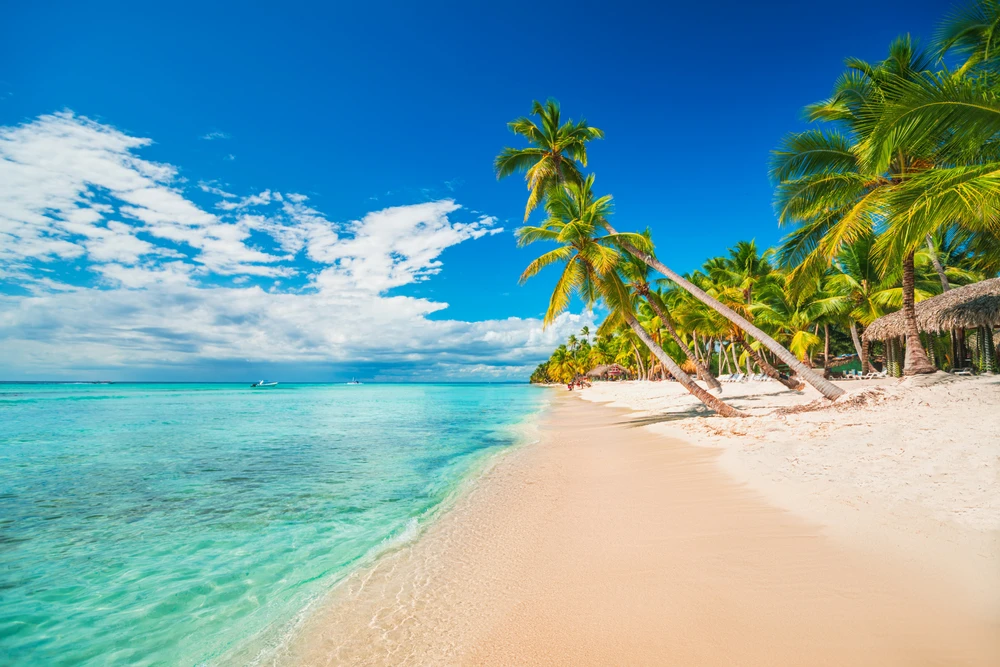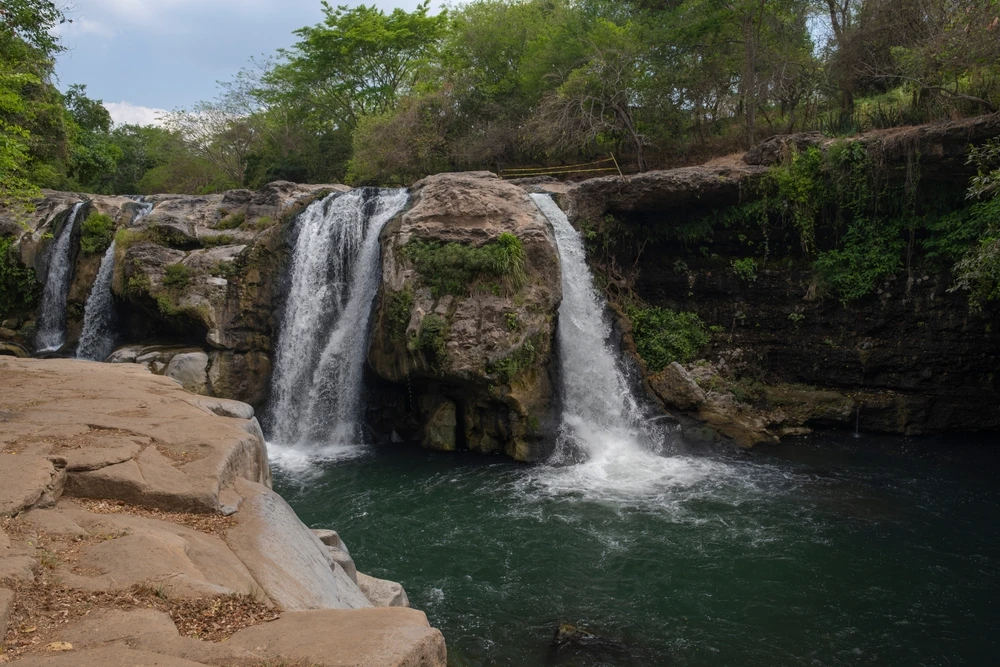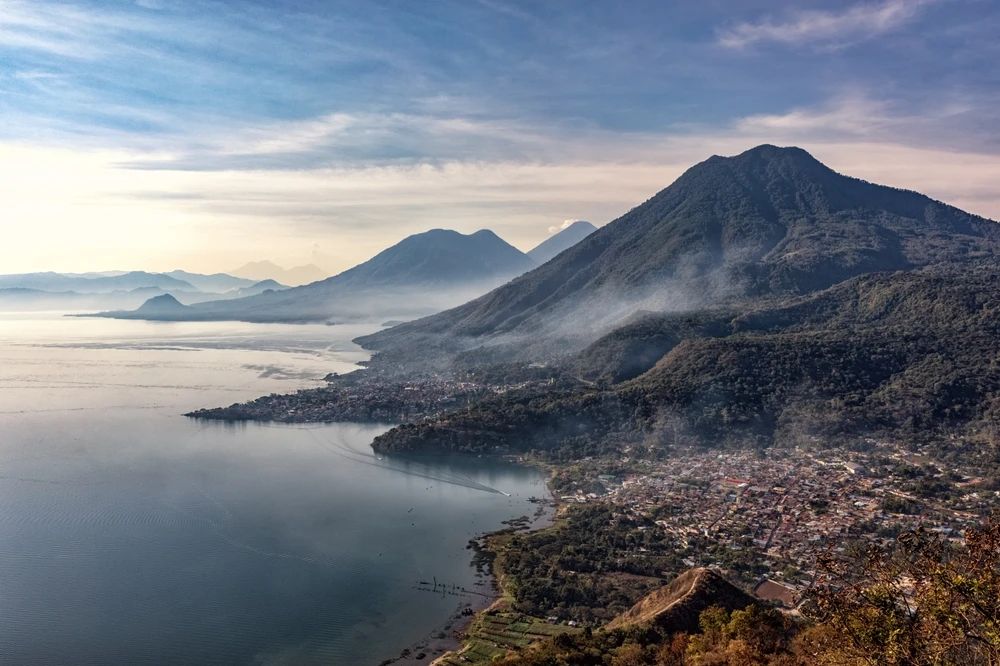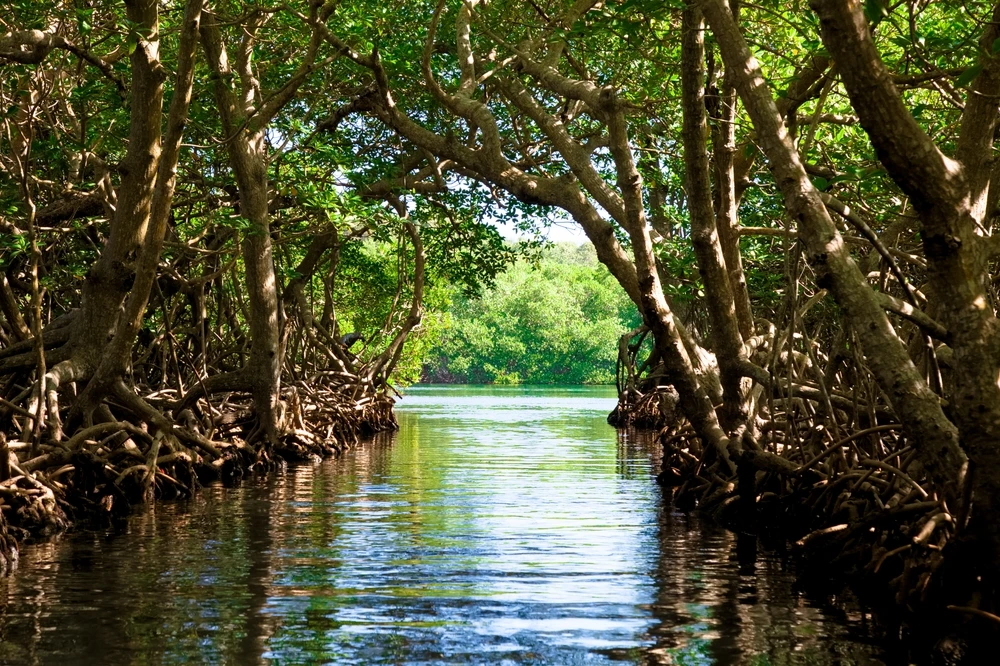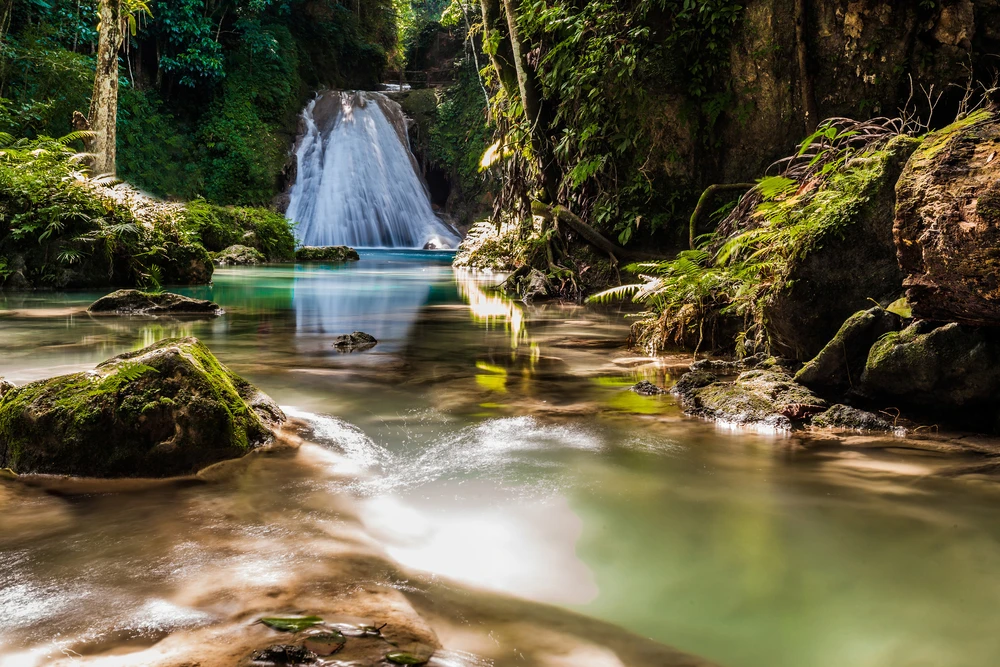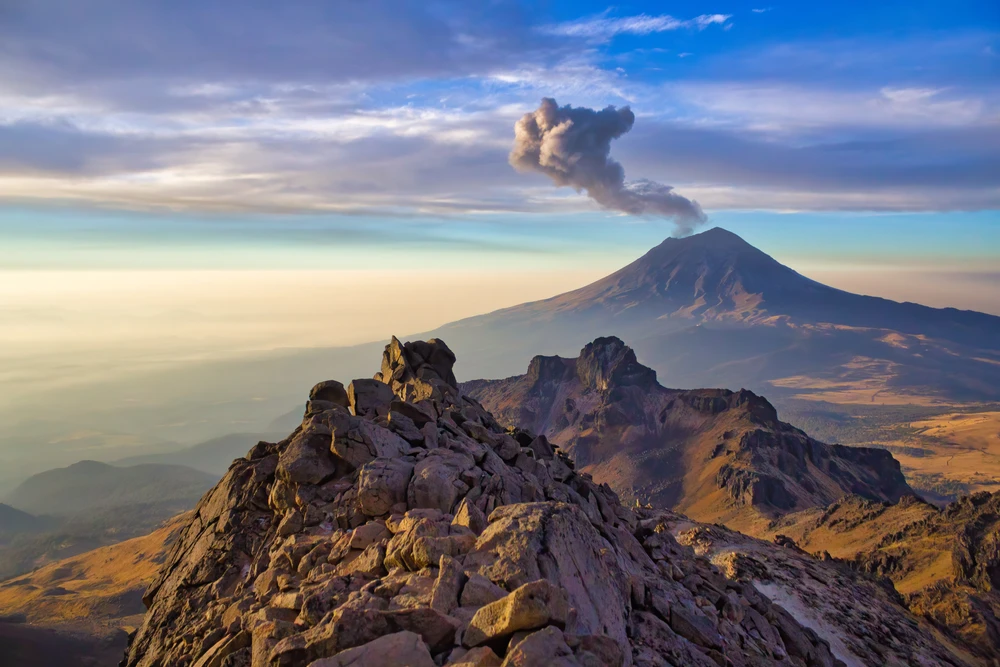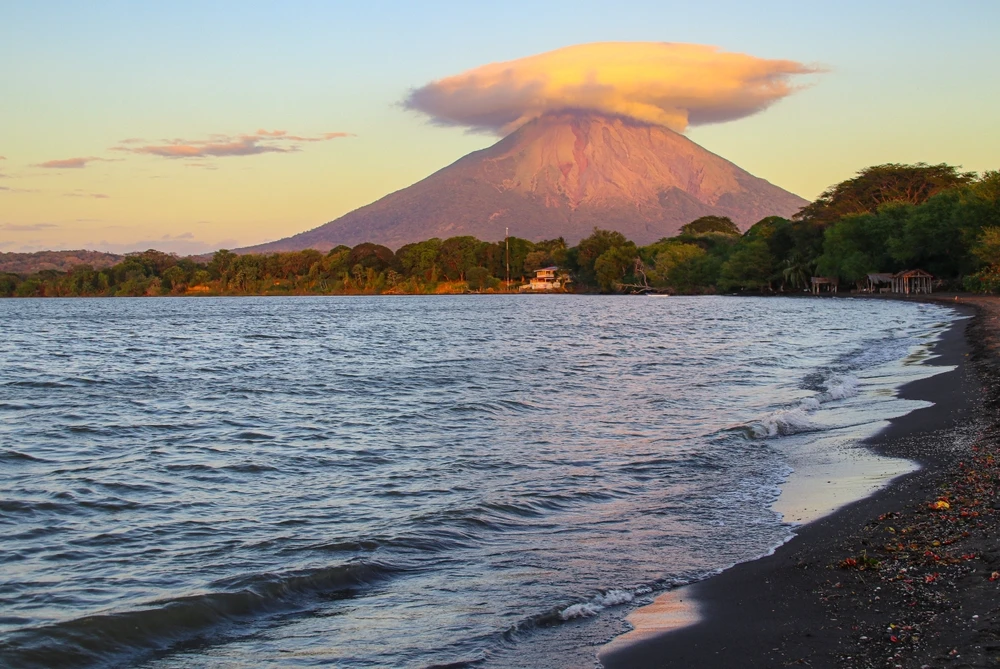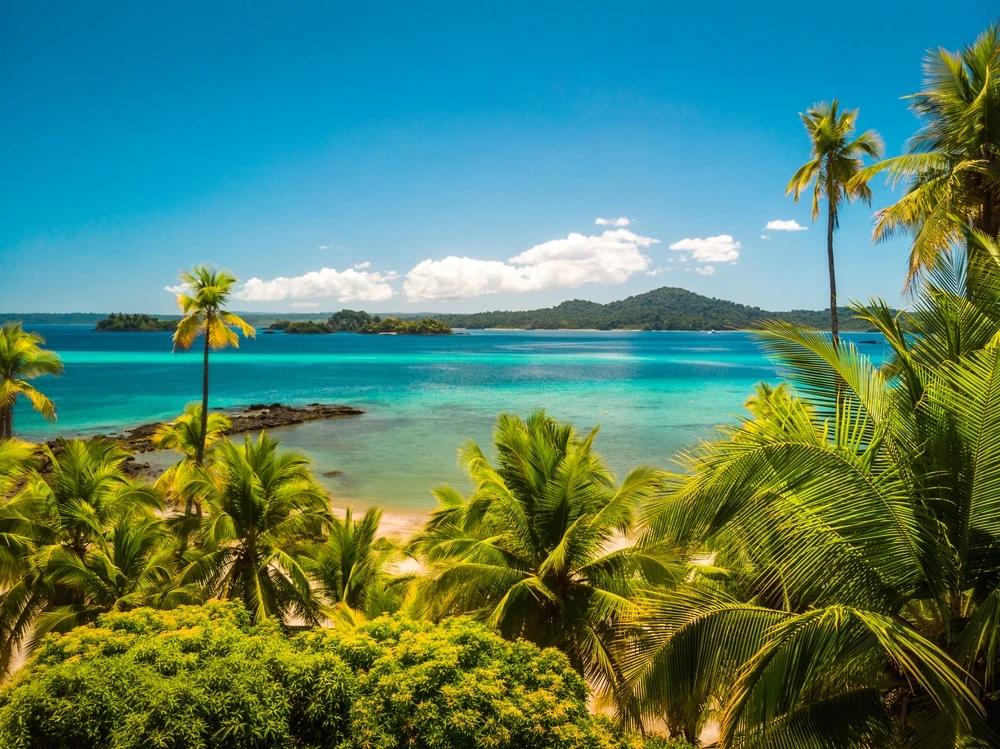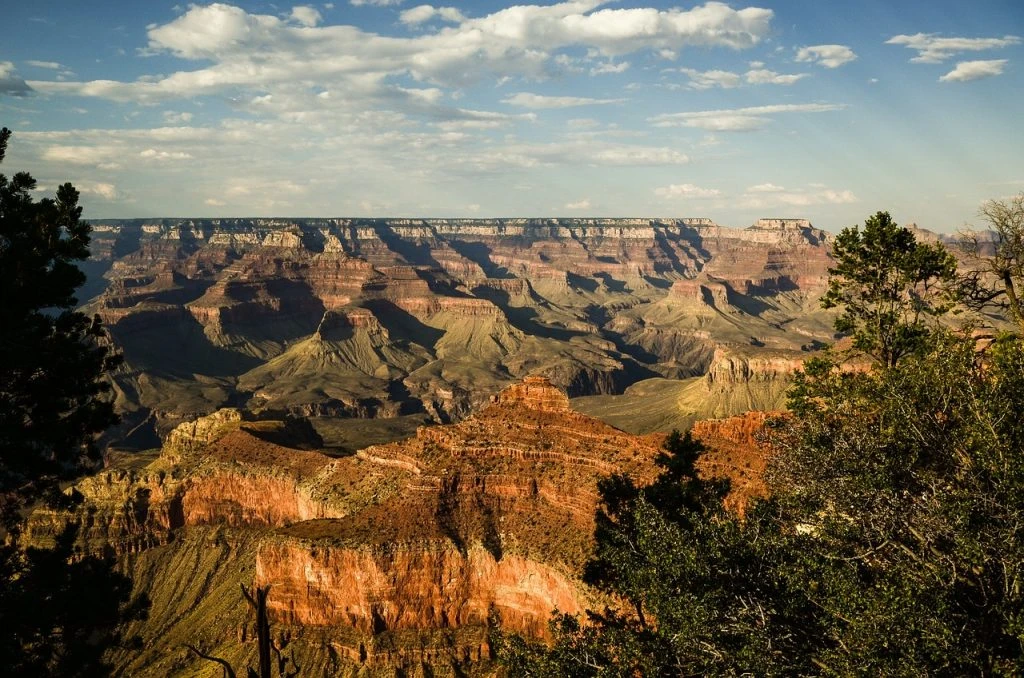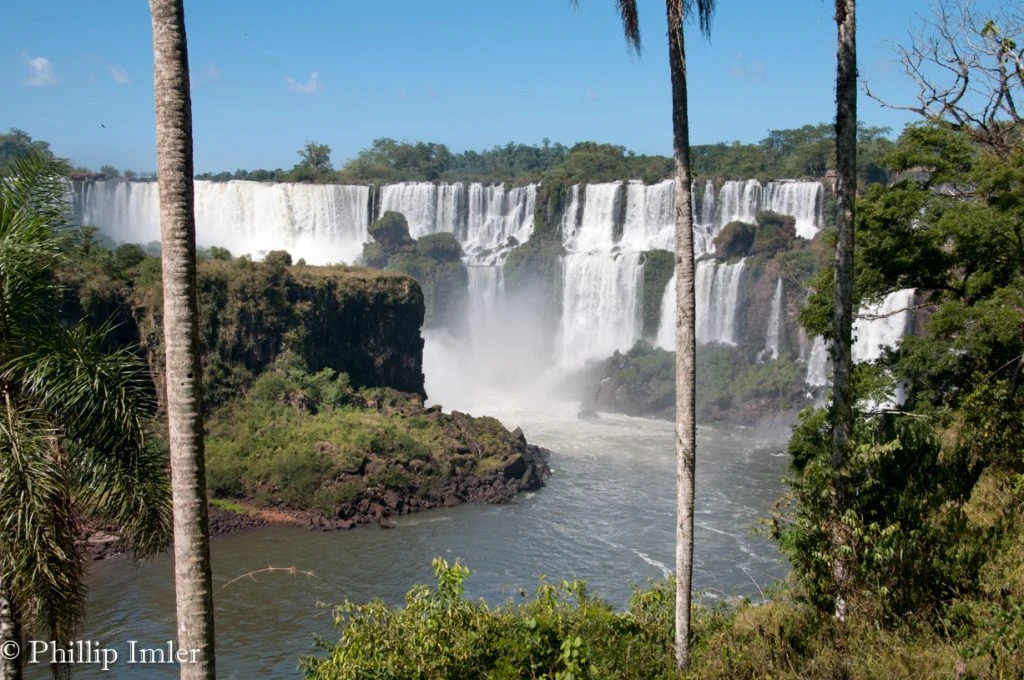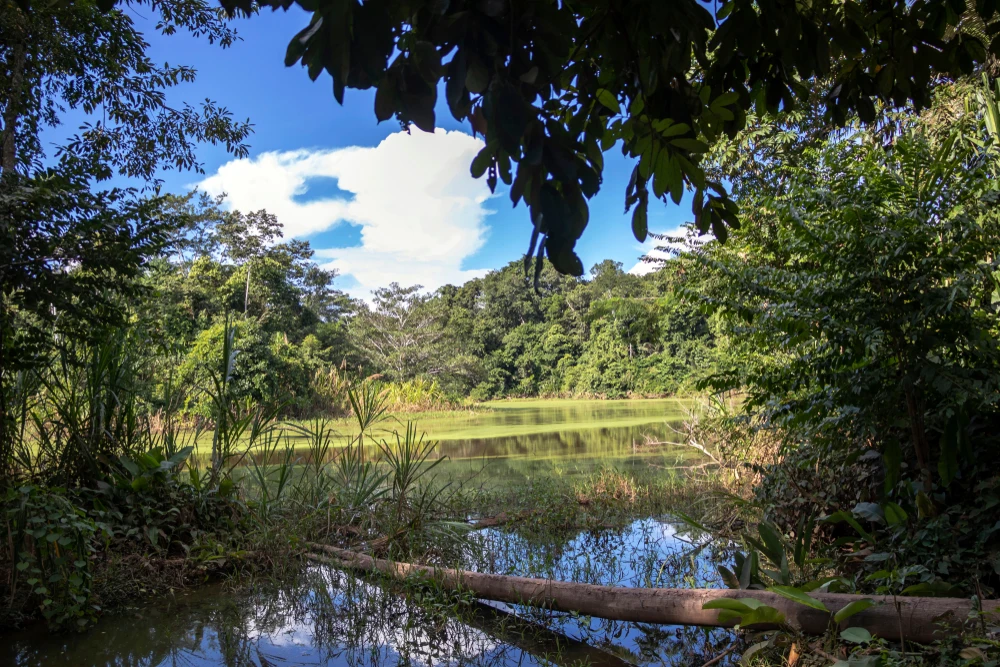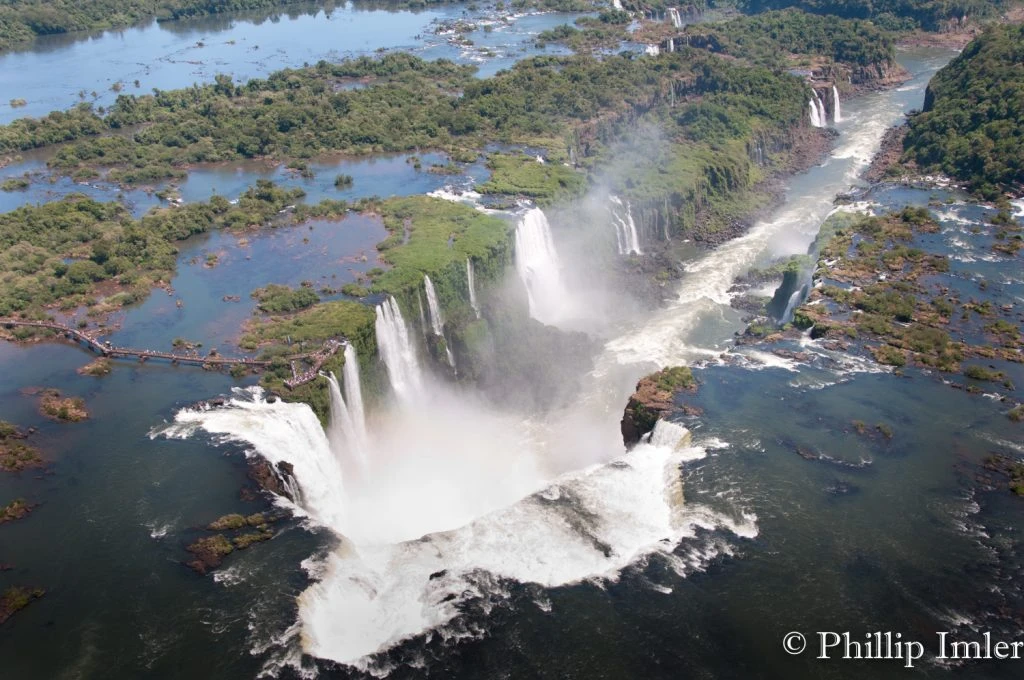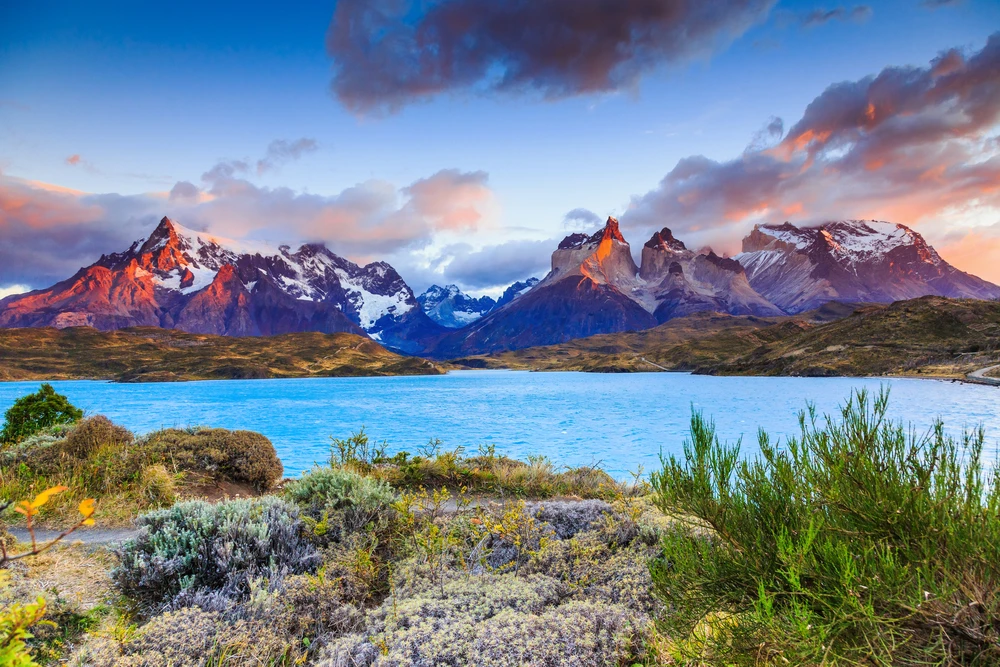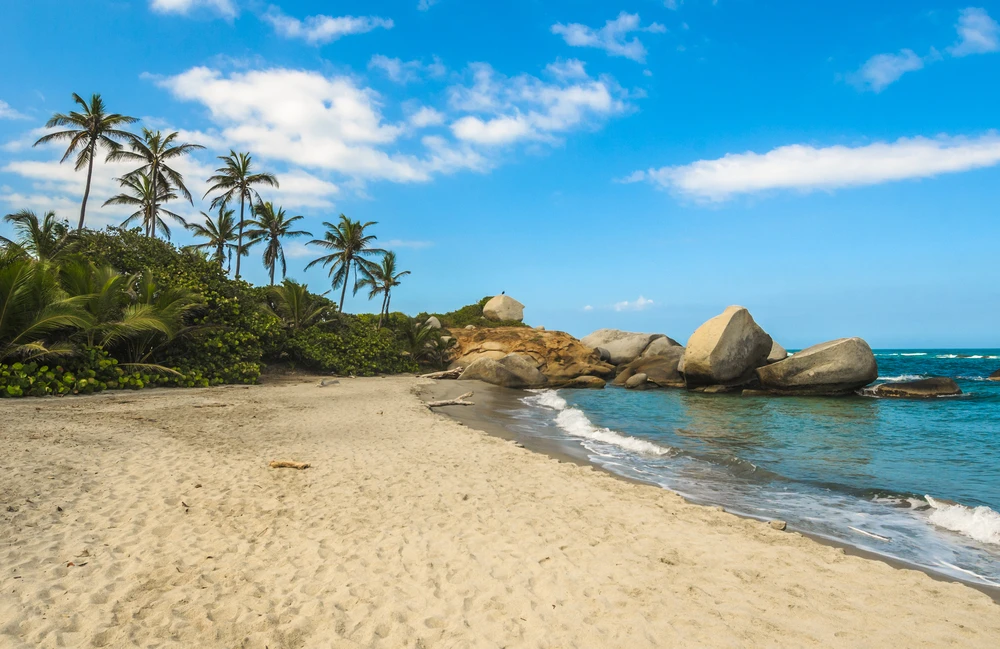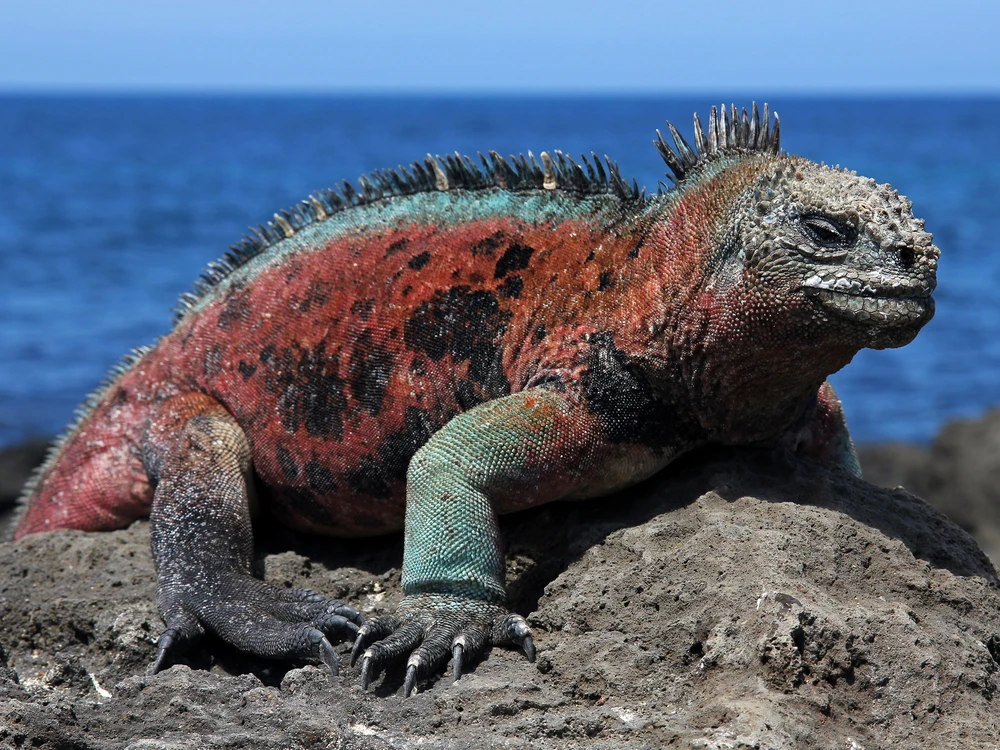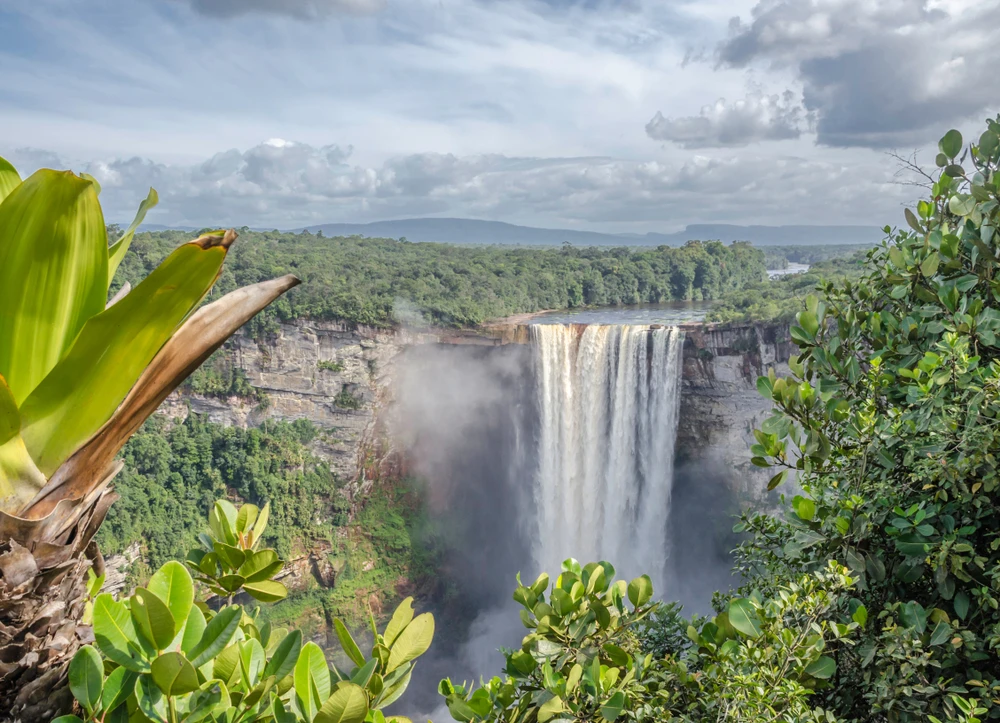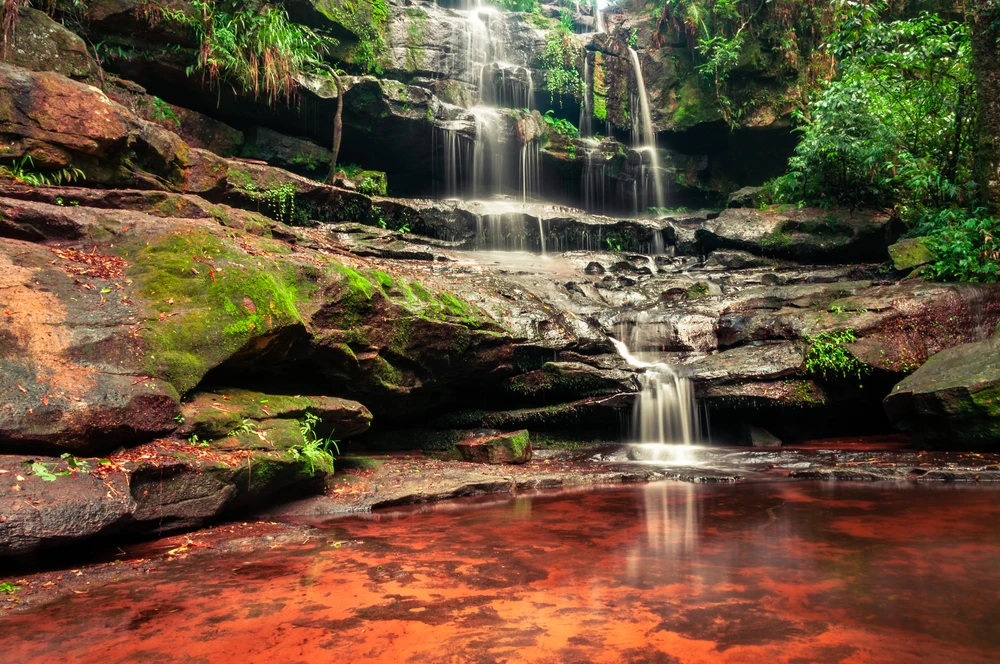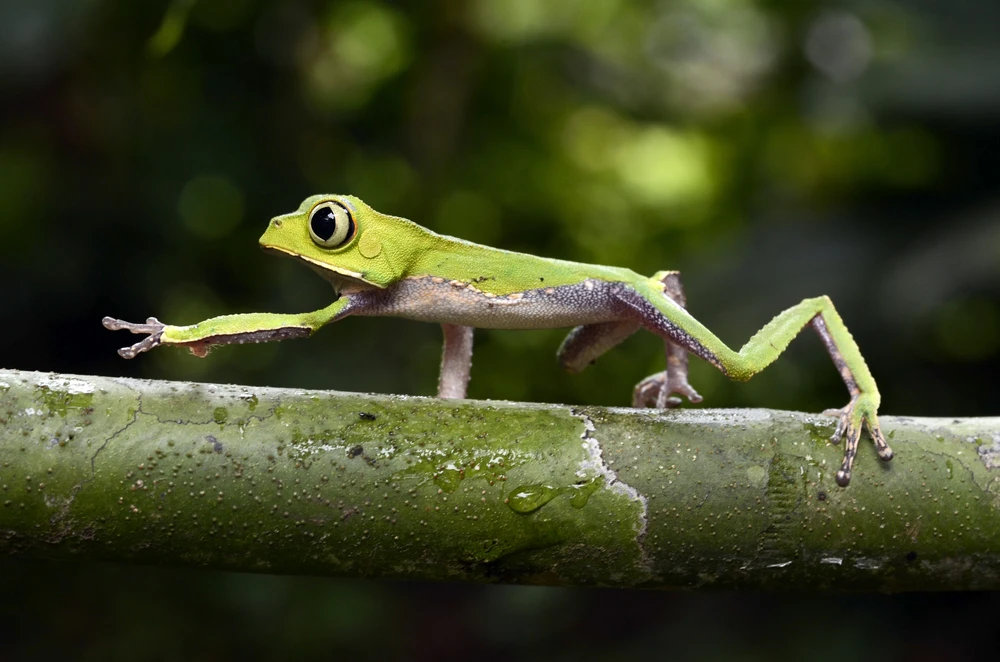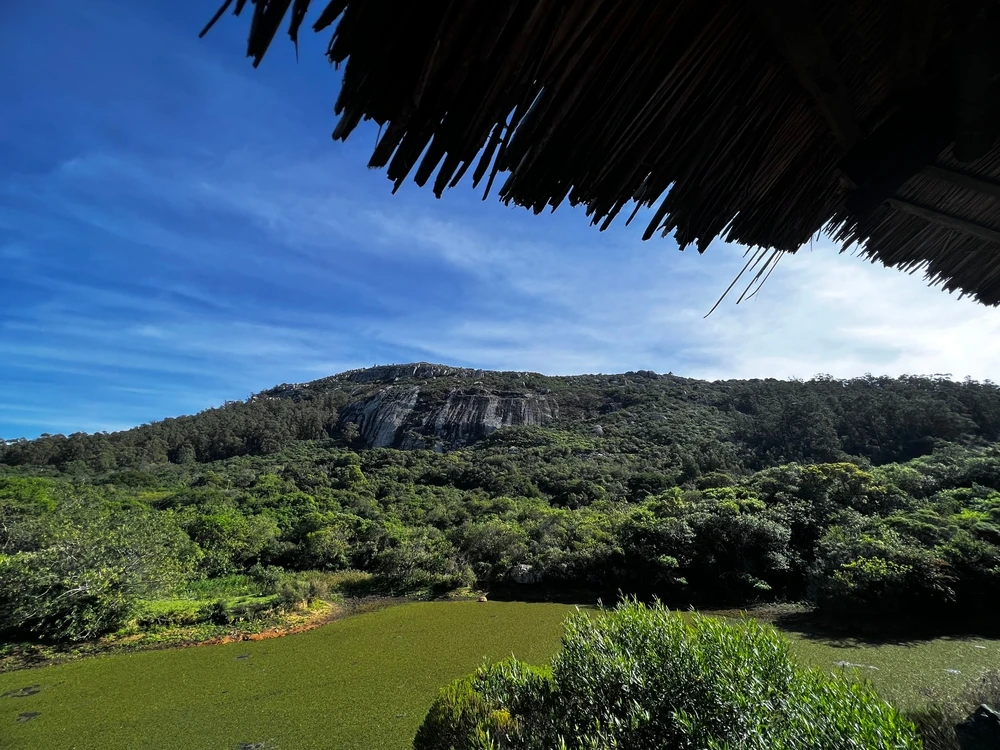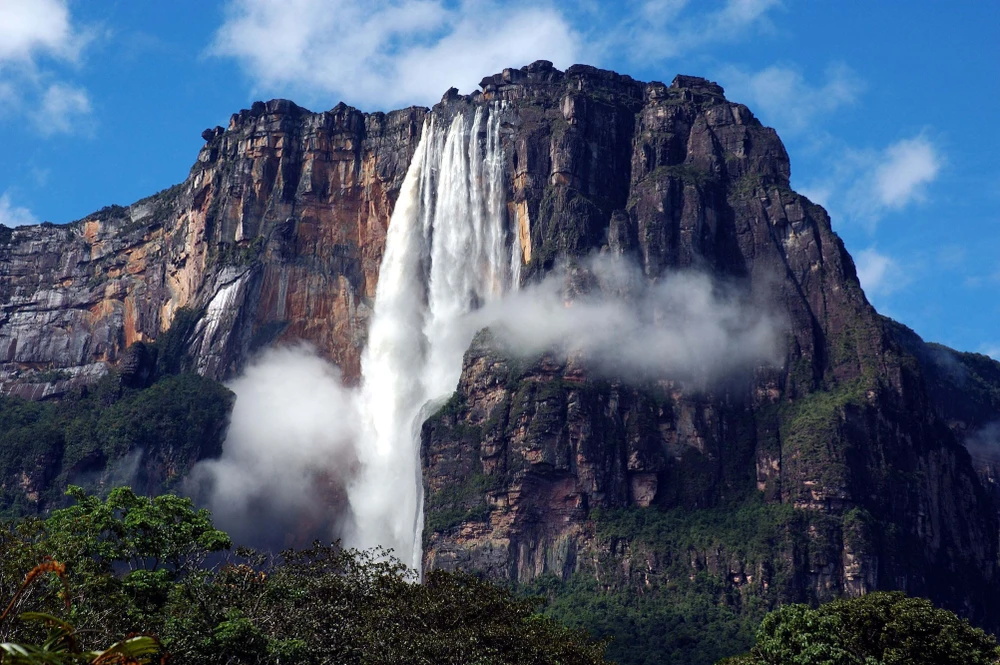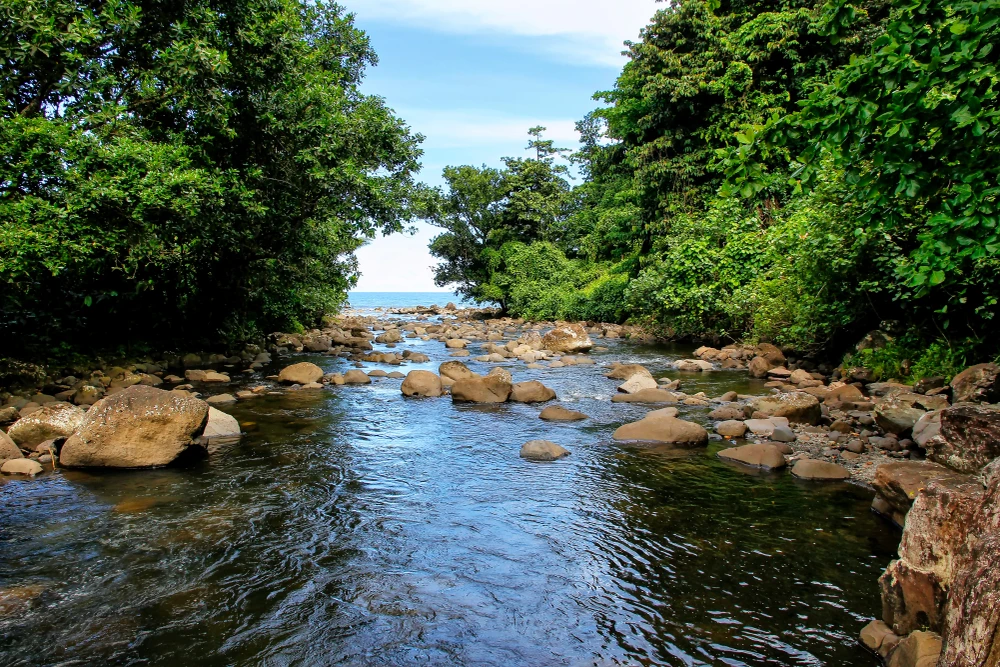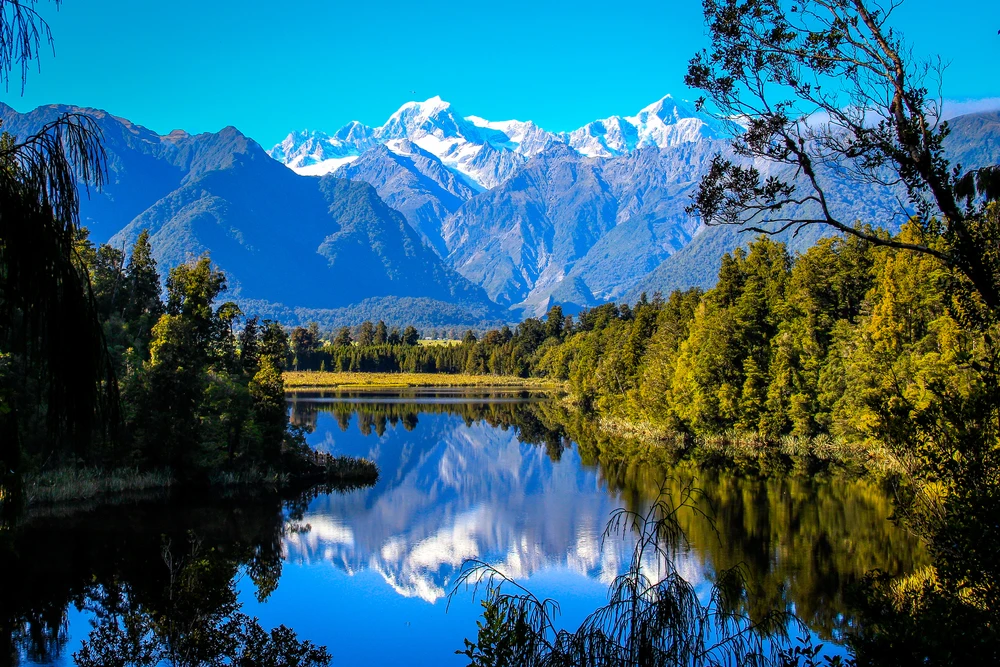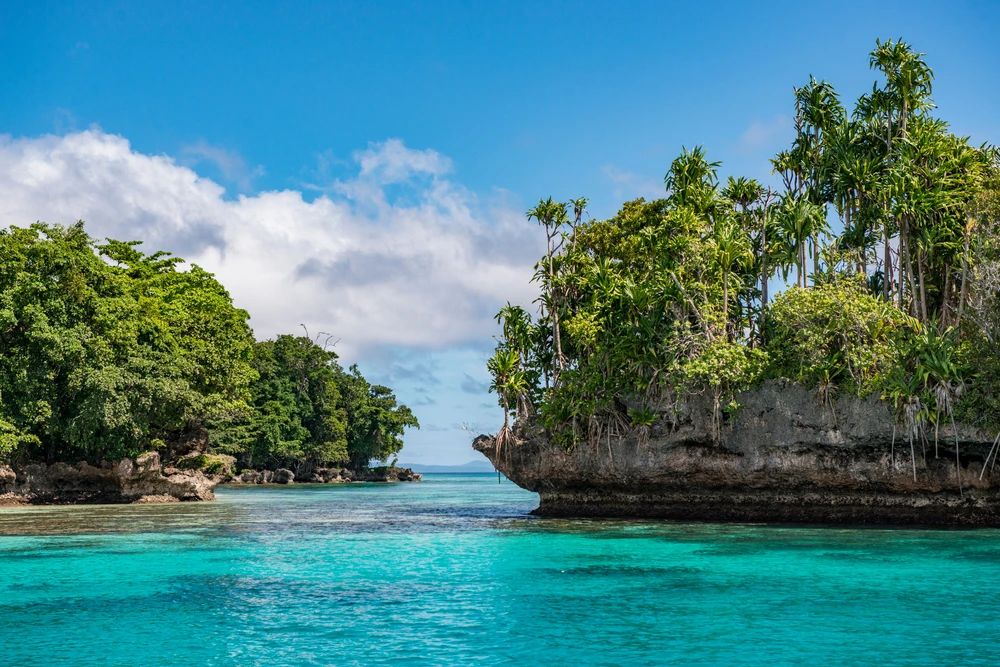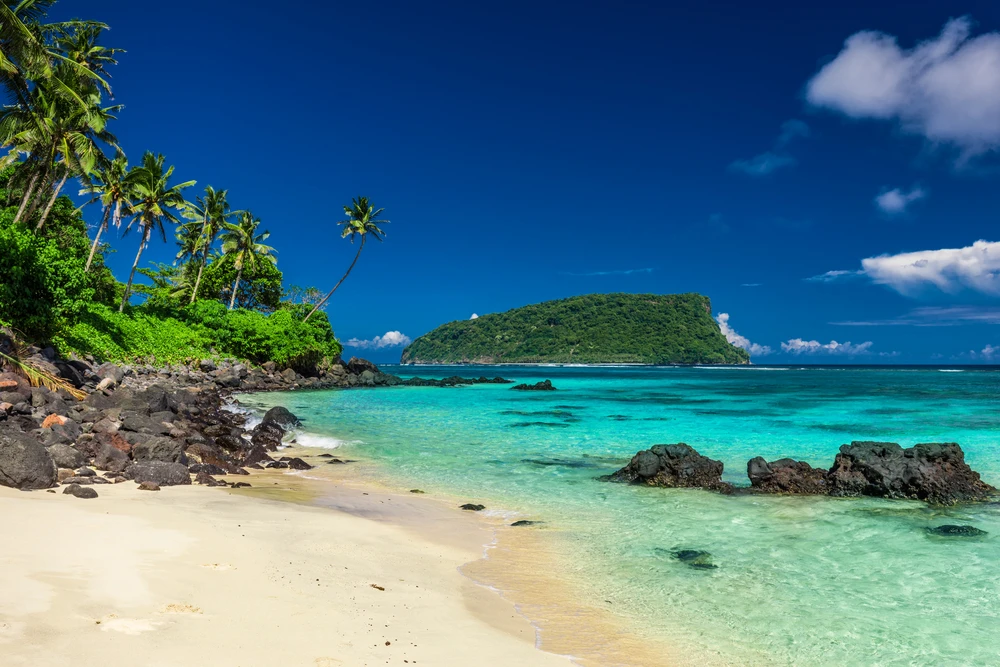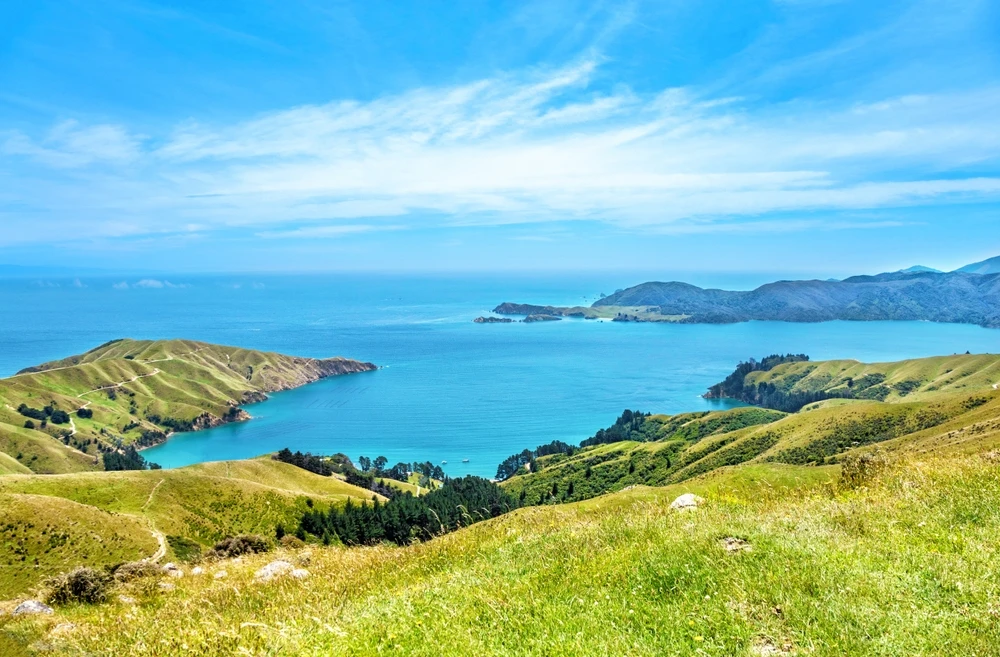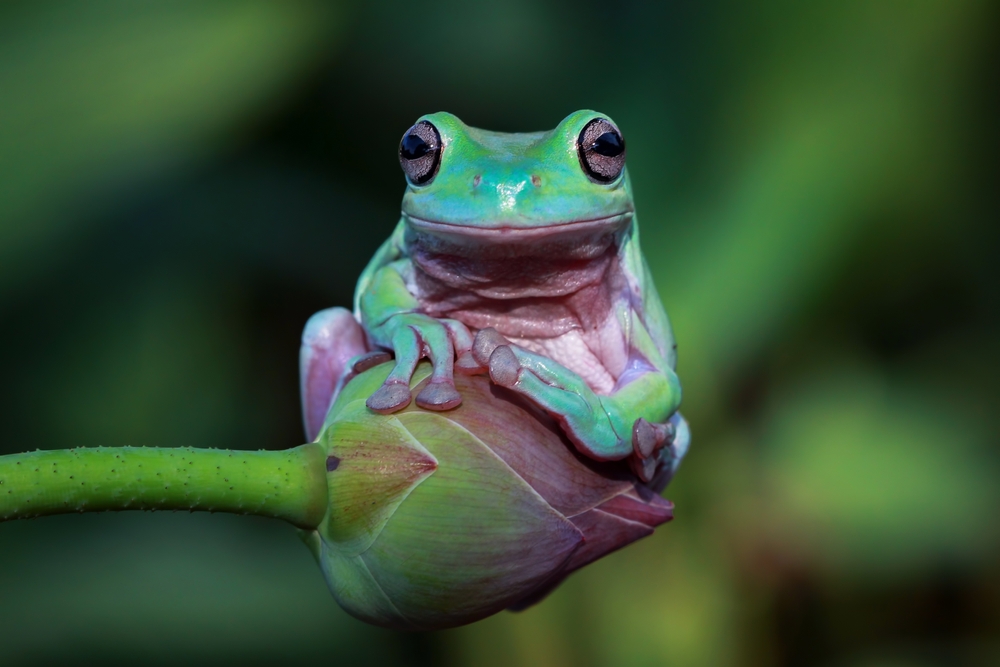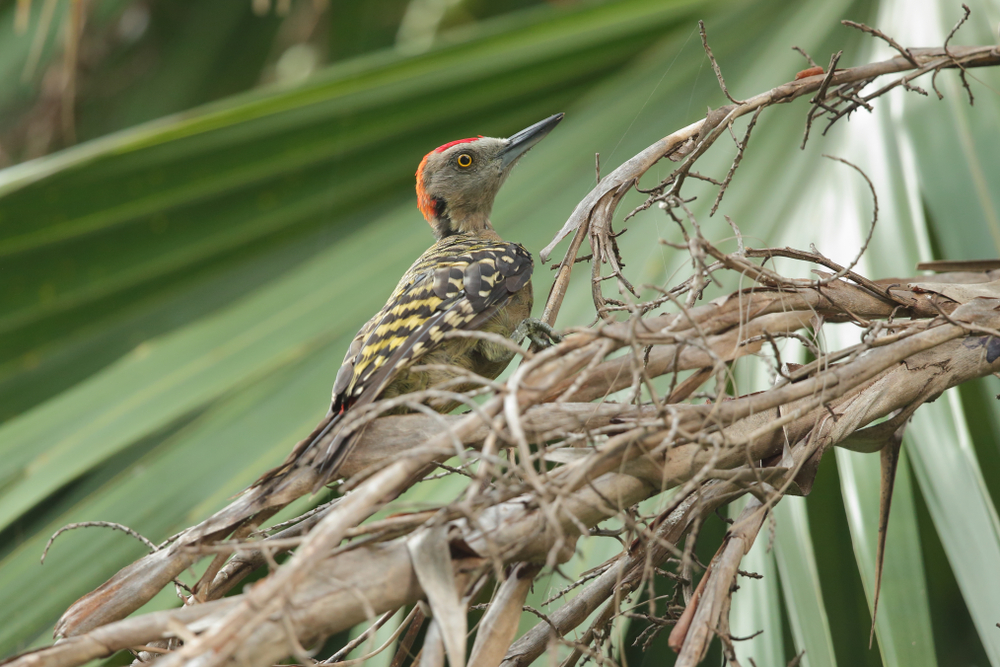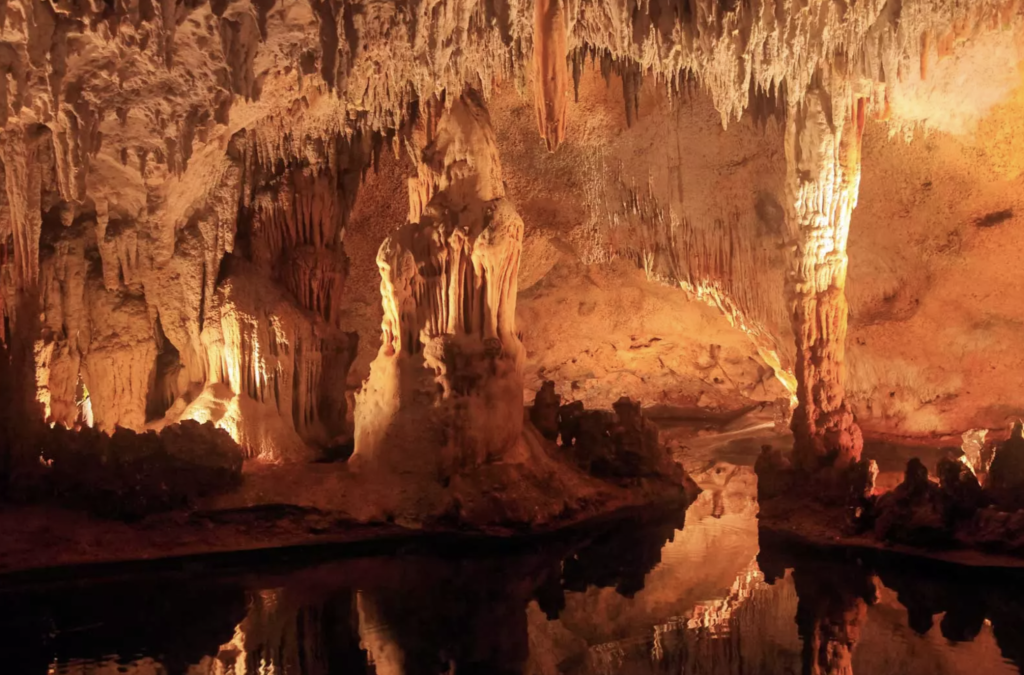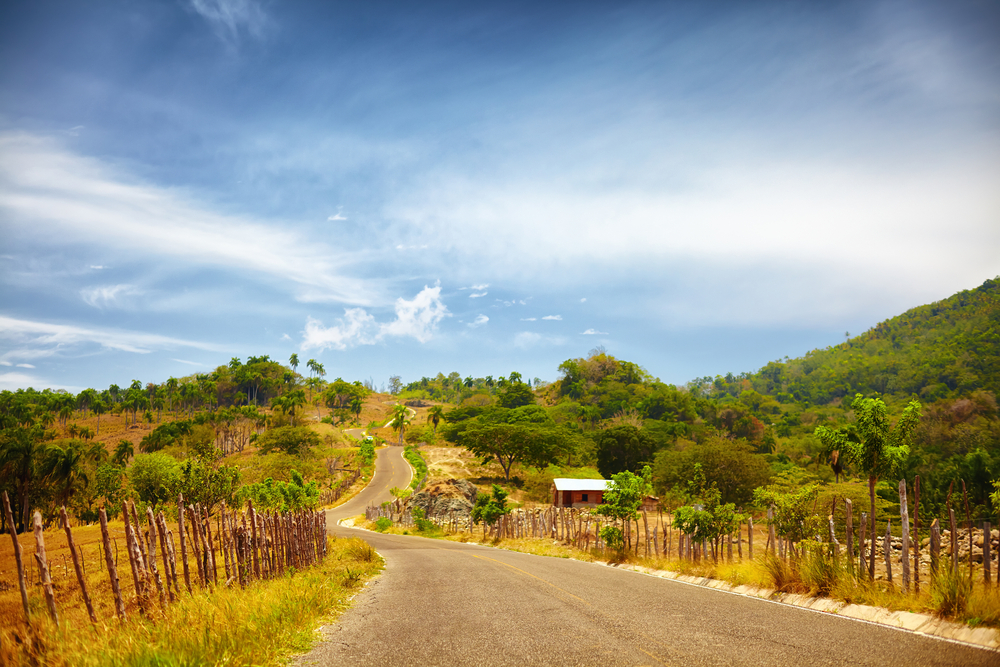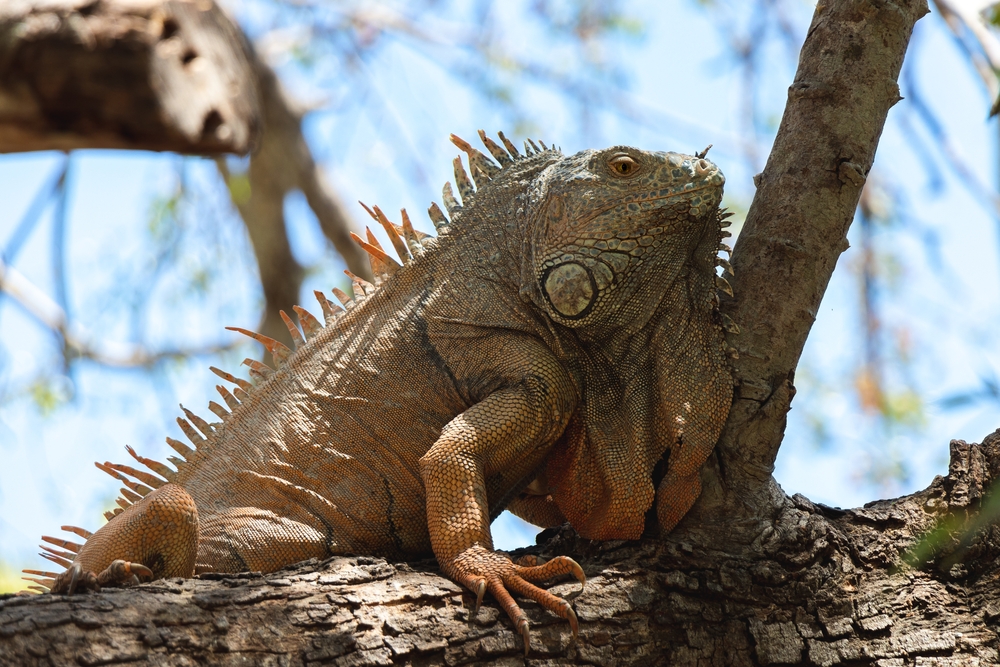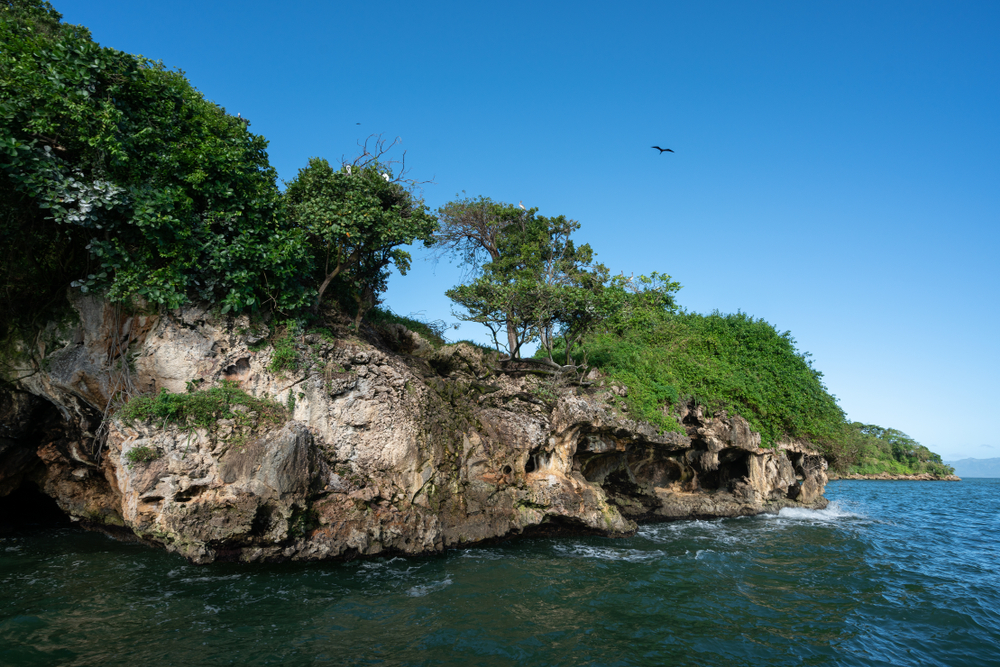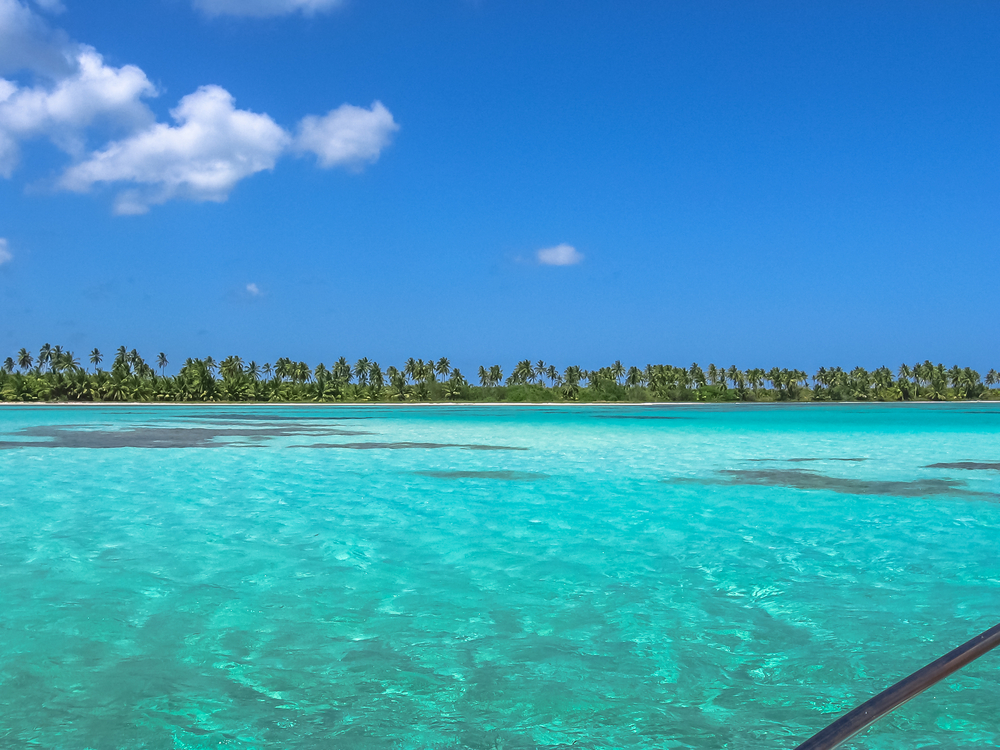José del Carmen Ramírez Overview
José del Carmen Ramírez National Park, known locally as Parque Nacional José del Carmen Ramírez, is a protected natural area in the western region of the Dominican Republic. It spans approximately 764 square miles (1,978 square kilometers) and is situated within the Cordillera Central mountain range.
This national park, established in 1958, is part of a trio of parks that make up the larger José Armando Bermúdez Biosphere Reserve. It is bordered by other significant natural areas, including Armando Bermúdez National Park, and plays a crucial role in preserving the headwaters of several major rivers, including the Yaque del Sur, one of the Dominican Republic’s longest rivers.
The park features a rugged and mountainous landscape dominated by dense pine forests, particularly Hispaniolan pines (Pinus occidentalis), which are native to the region. The terrain is characterized by deep valleys, high peaks, and a variety of microclimates that shift with elevation.
Among its most prominent features is Pico Duarte, the highest peak in the Caribbean, though this peak itself is technically located within the neighboring Armando Bermúdez National Park. The park’s elevation variation results in a mix of ecosystems, from humid tropical forests in the lower areas to cloud forests and pine savannas at higher elevations. Many parts of the park remain remote and largely untouched, providing a pristine wilderness experience.
Wildlife in José del Carmen Ramírez National Park is diverse and includes many species that are endemic to the island of Hispaniola. Visitors might encounter the Hispaniolan solenodon, a rare insectivorous mammal that is considered a living fossil, as well as the endangered Hispaniolan hutia, a rodent species native to the island. Other notable mammals include various species of bats, which play a crucial role in pollination and seed dispersal.
Birdwatchers are particularly drawn to the park for its avian diversity, with species such as the Hispaniolan trogon, the national bird of the Dominican Republic, as well as the palmchat, Antillean euphonia, and the critically endangered Ridgway’s hawk. Reptiles and amphibians are also well-represented, including the Hispaniolan green anole and various tree frogs that thrive in the park’s humid environments.
Among the most popular features of the park are its pristine rivers, which provide important water sources for surrounding communities and support a diverse array of aquatic life. The Yaque del Sur River, with its crystal-clear waters, is a highlight for many visitors, offering scenic views and opportunities for nature photography.
While the park is less visited than more accessible areas in the Dominican Republic, it offers incredible hiking and adventure tourism opportunities. Trekking through the mountainous trails allows visitors to immerse themselves in the park’s stunning landscapes, with guided hikes available for those looking to explore safely.
Conservation efforts within José del Carmen Ramírez National Park have been ongoing, though challenges such as illegal logging, agricultural encroachment, and poaching pose persistent threats.
Park authorities and conservation groups have worked to implement sustainable tourism initiatives and promote awareness about the importance of preserving this critical ecosystem.
Reforestation projects and watershed protection efforts have been key conservation successes, ensuring that the park continues to provide vital environmental benefits for the region. Despite its challenges, the park remains a haven for biodiversity and a significant part of the Dominican Republic’s natural heritage.

